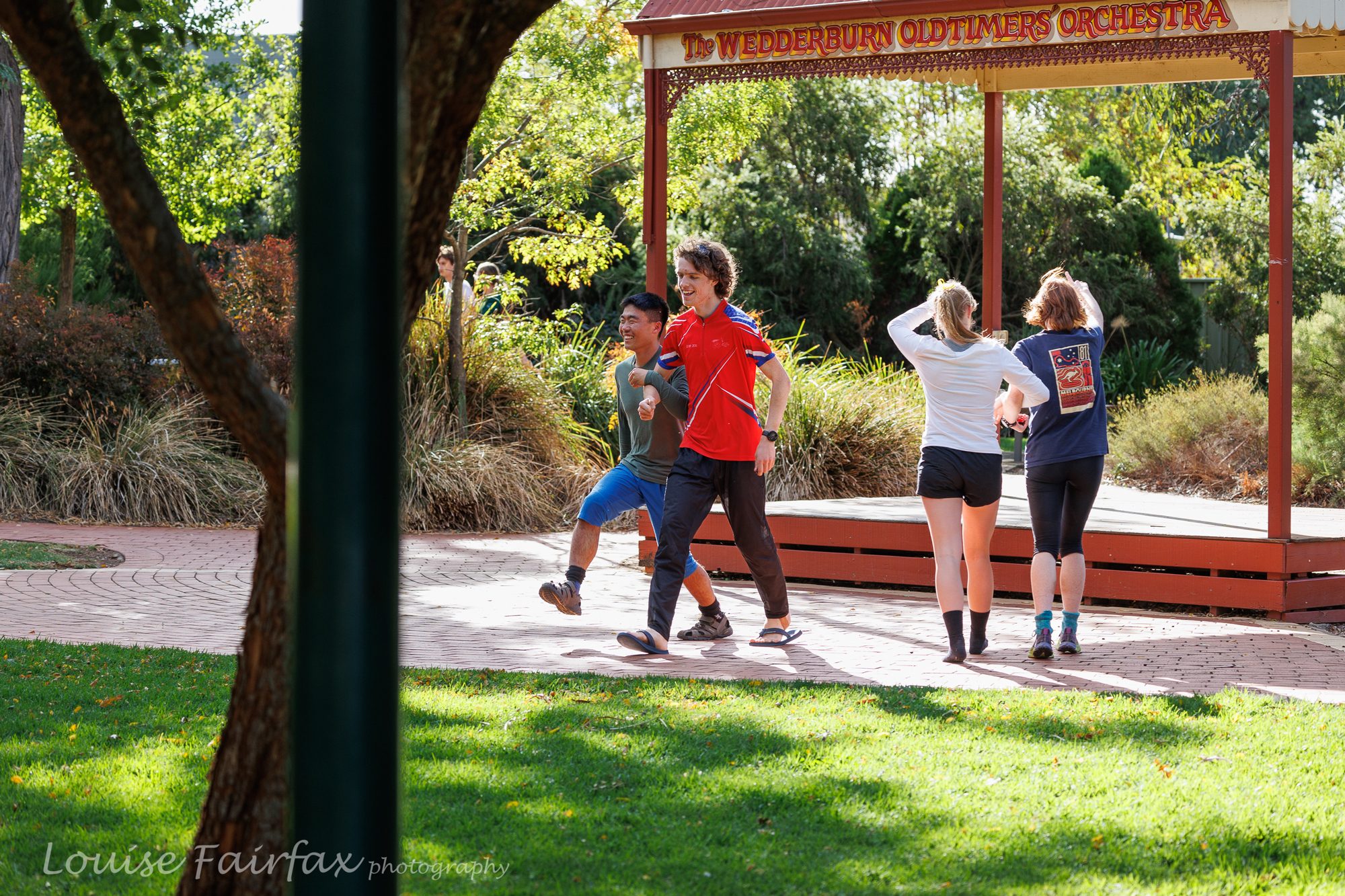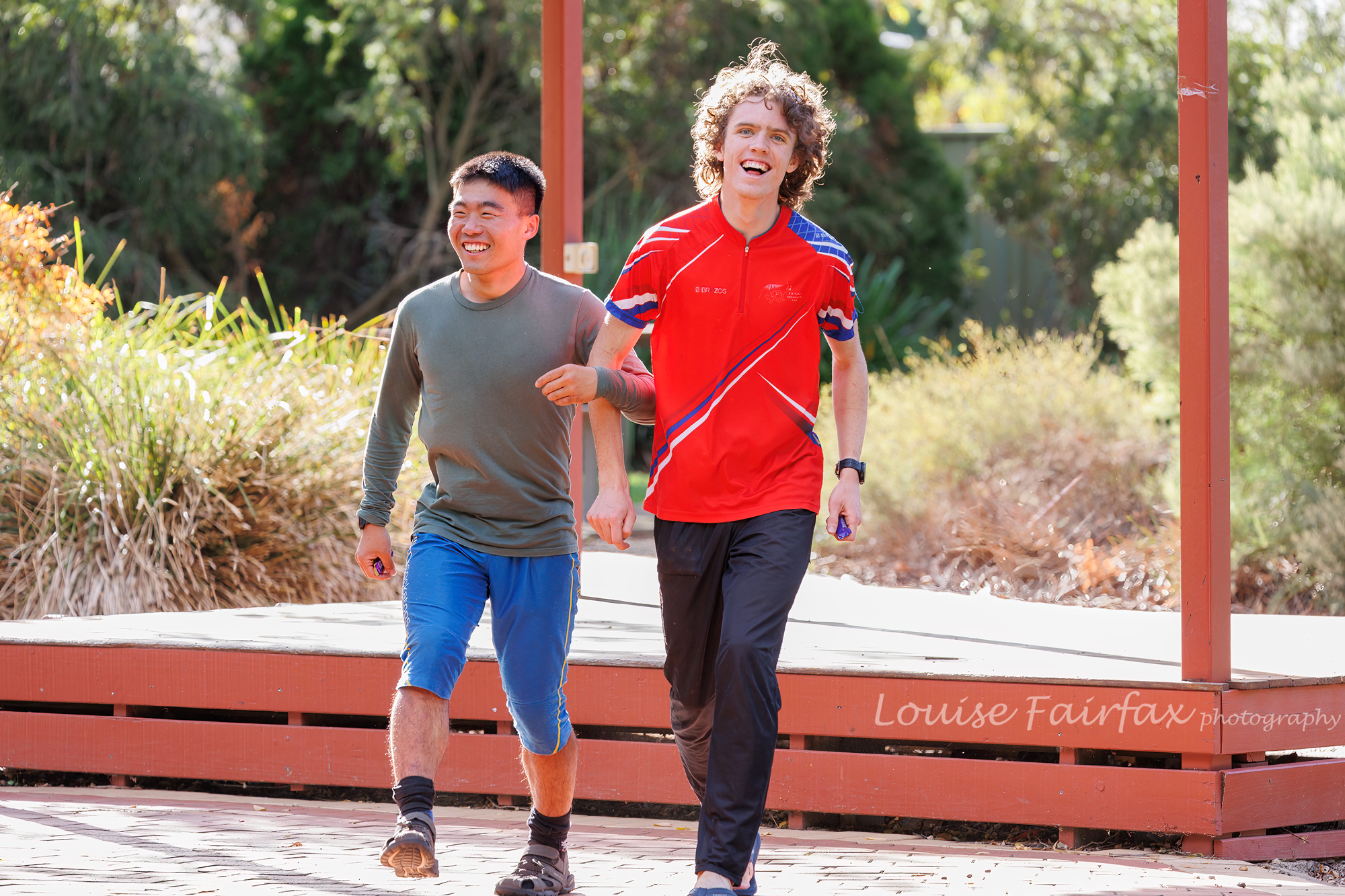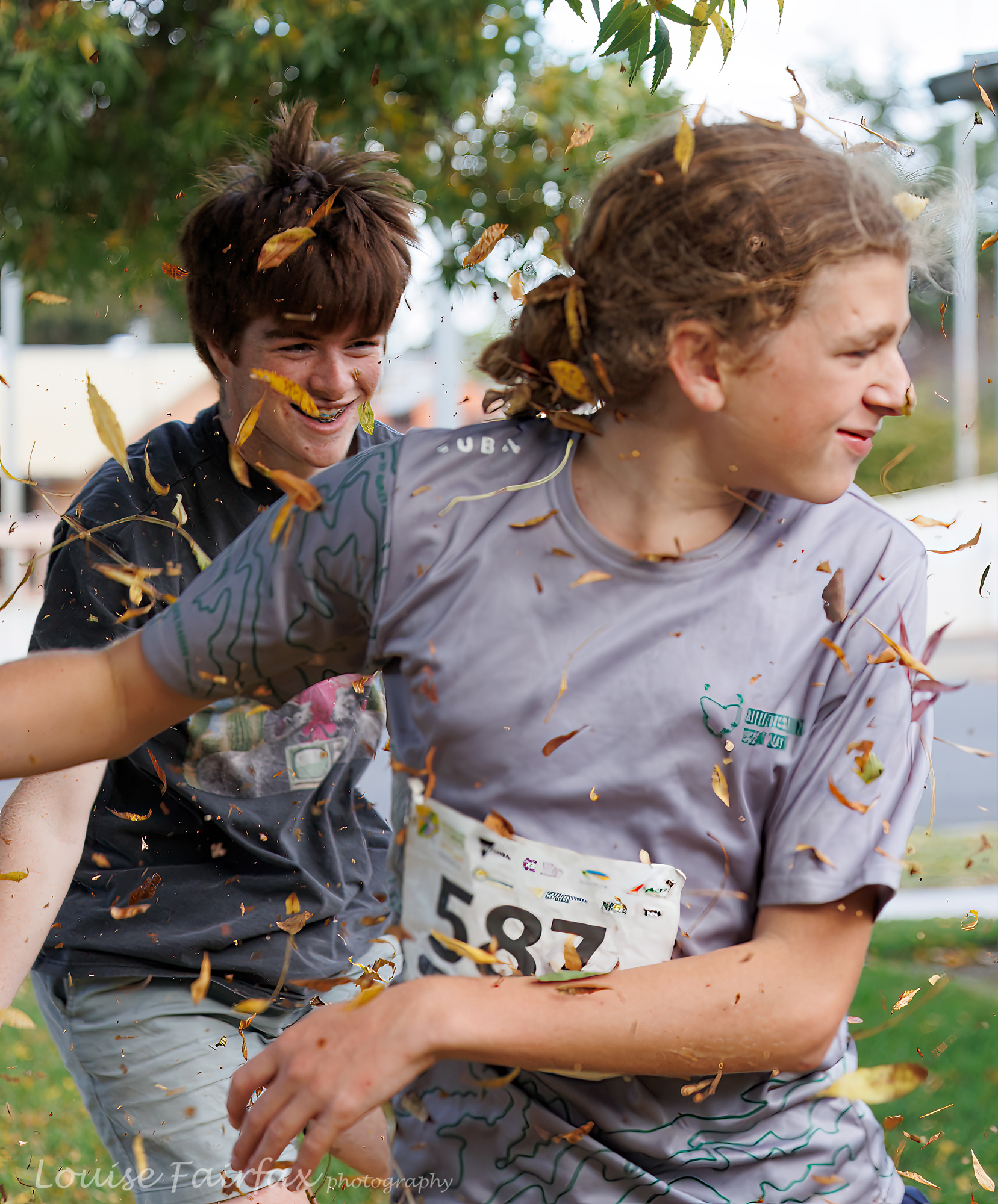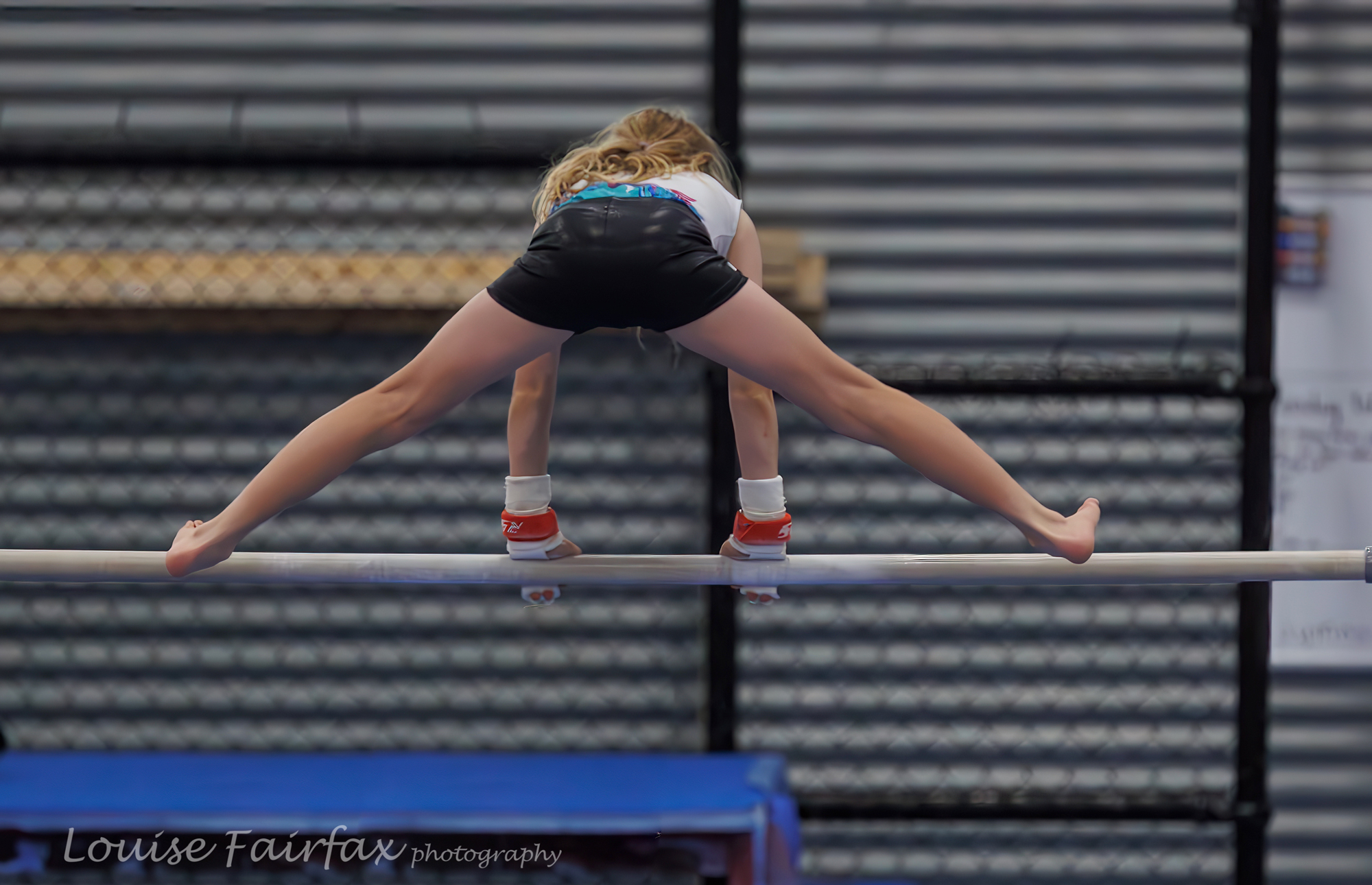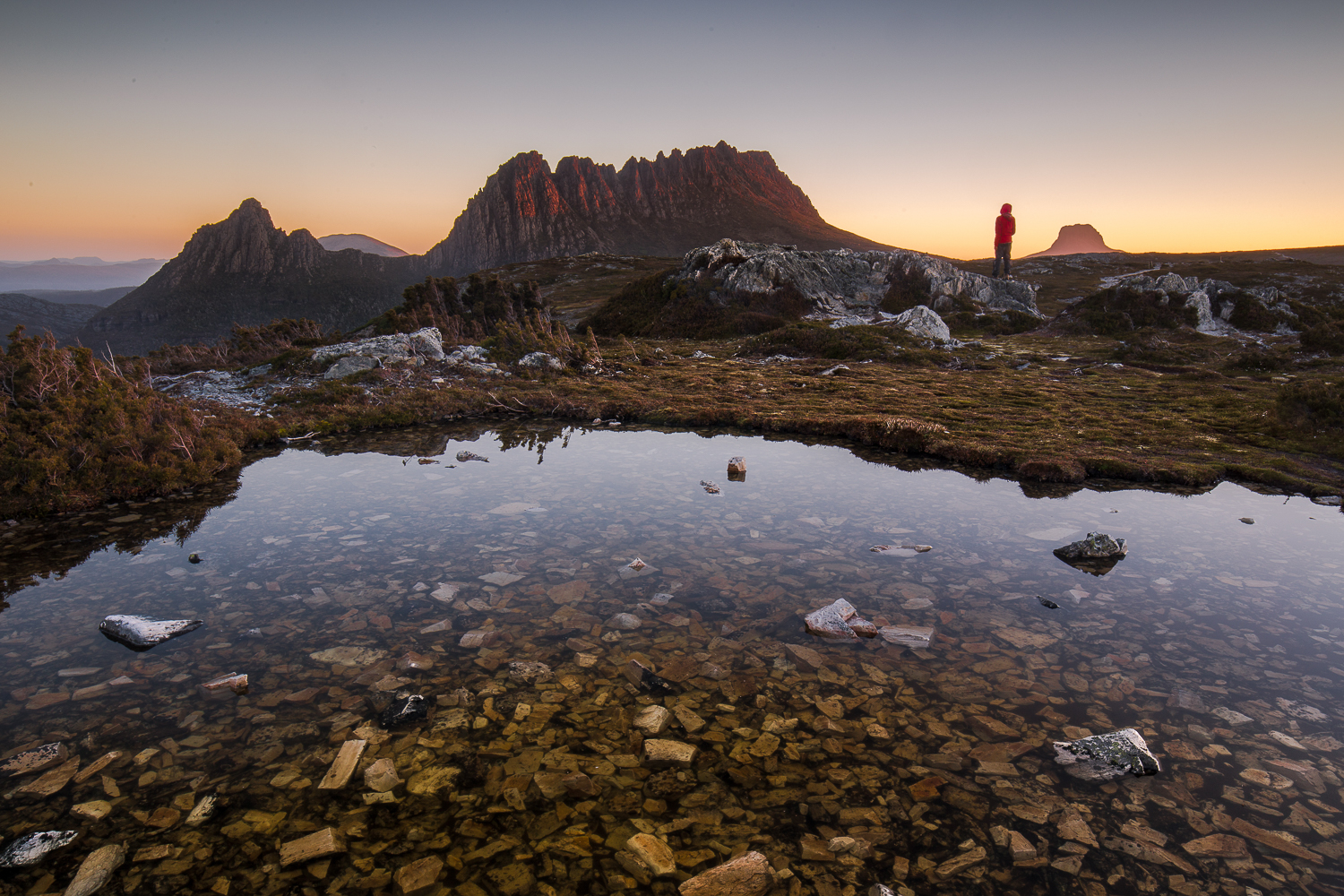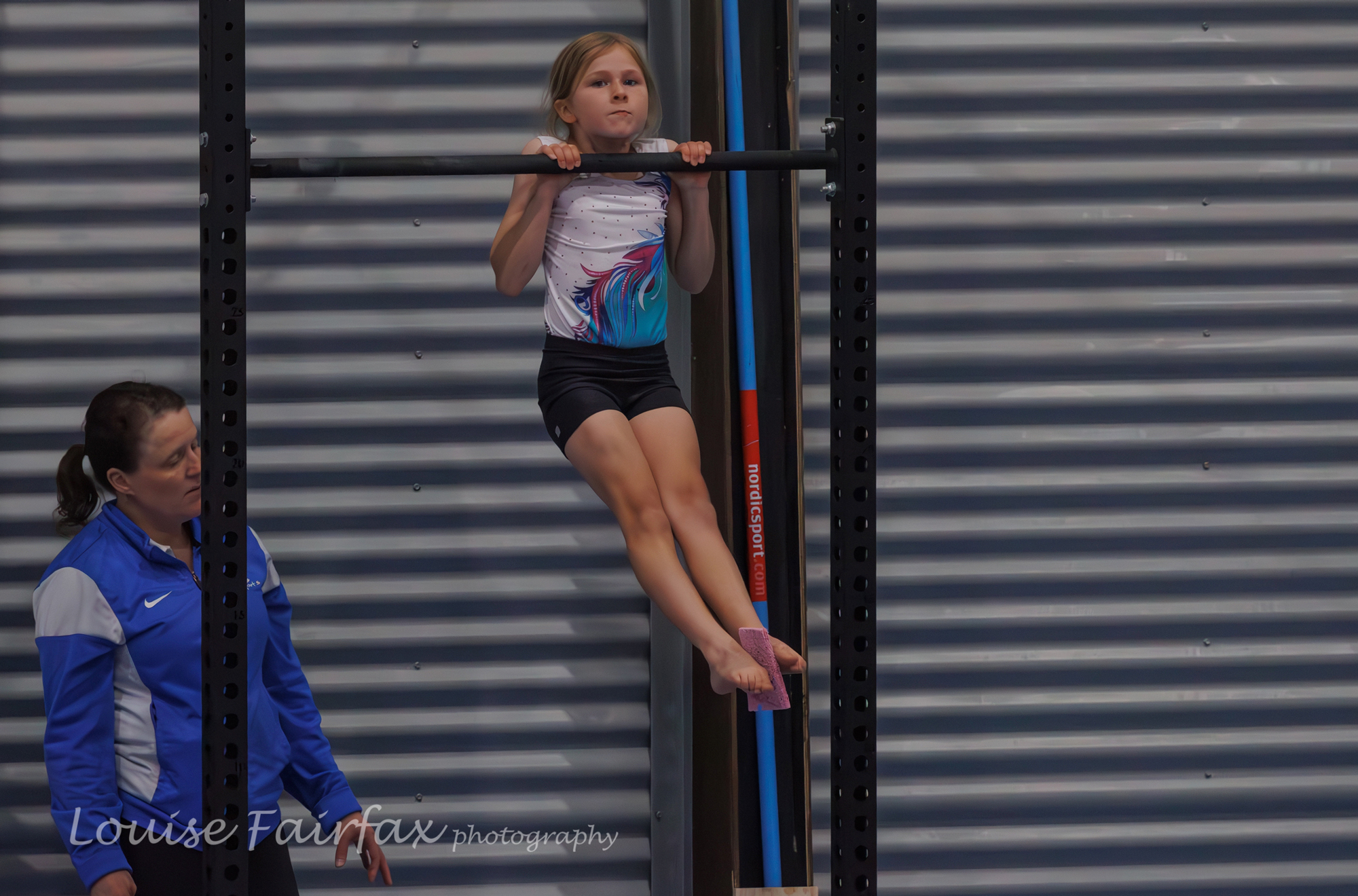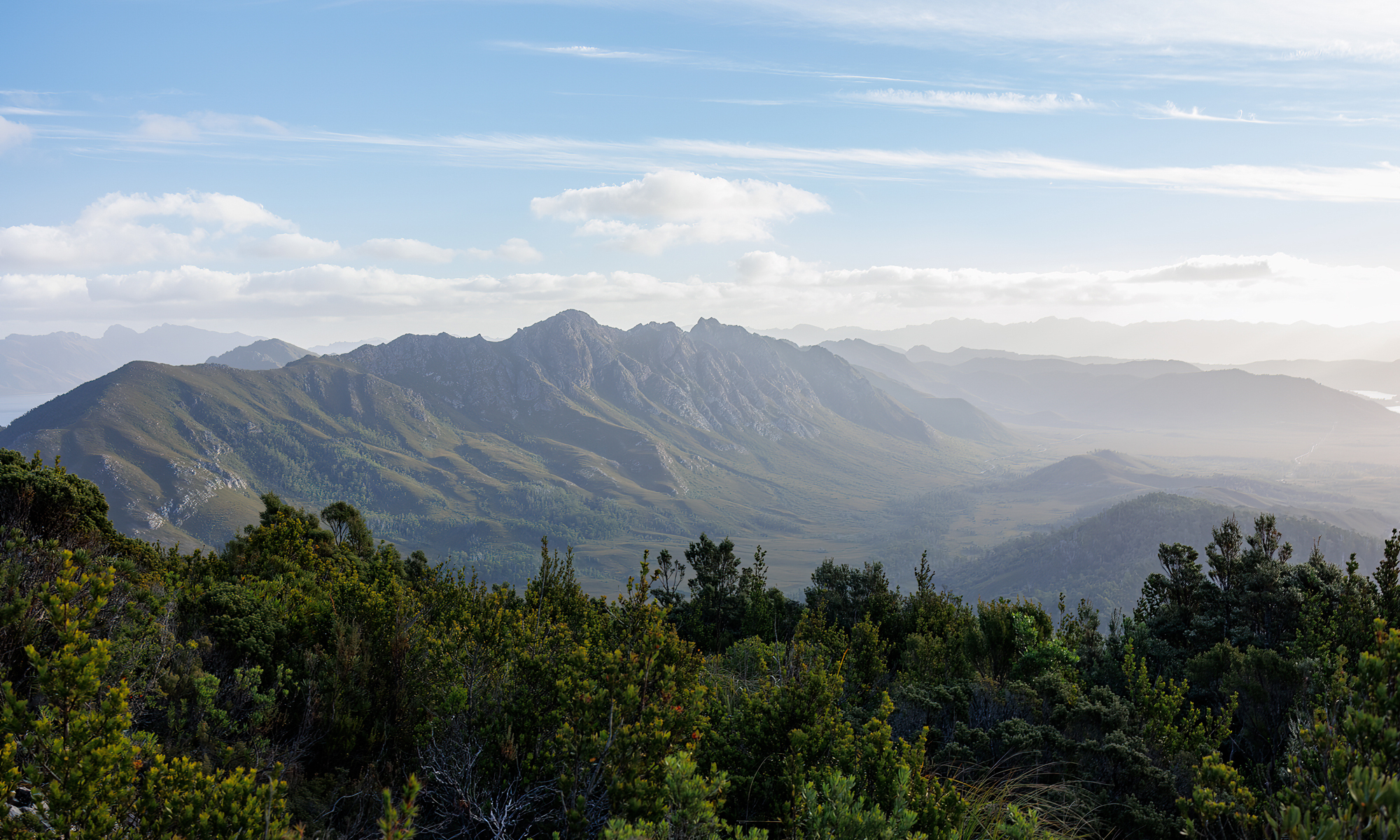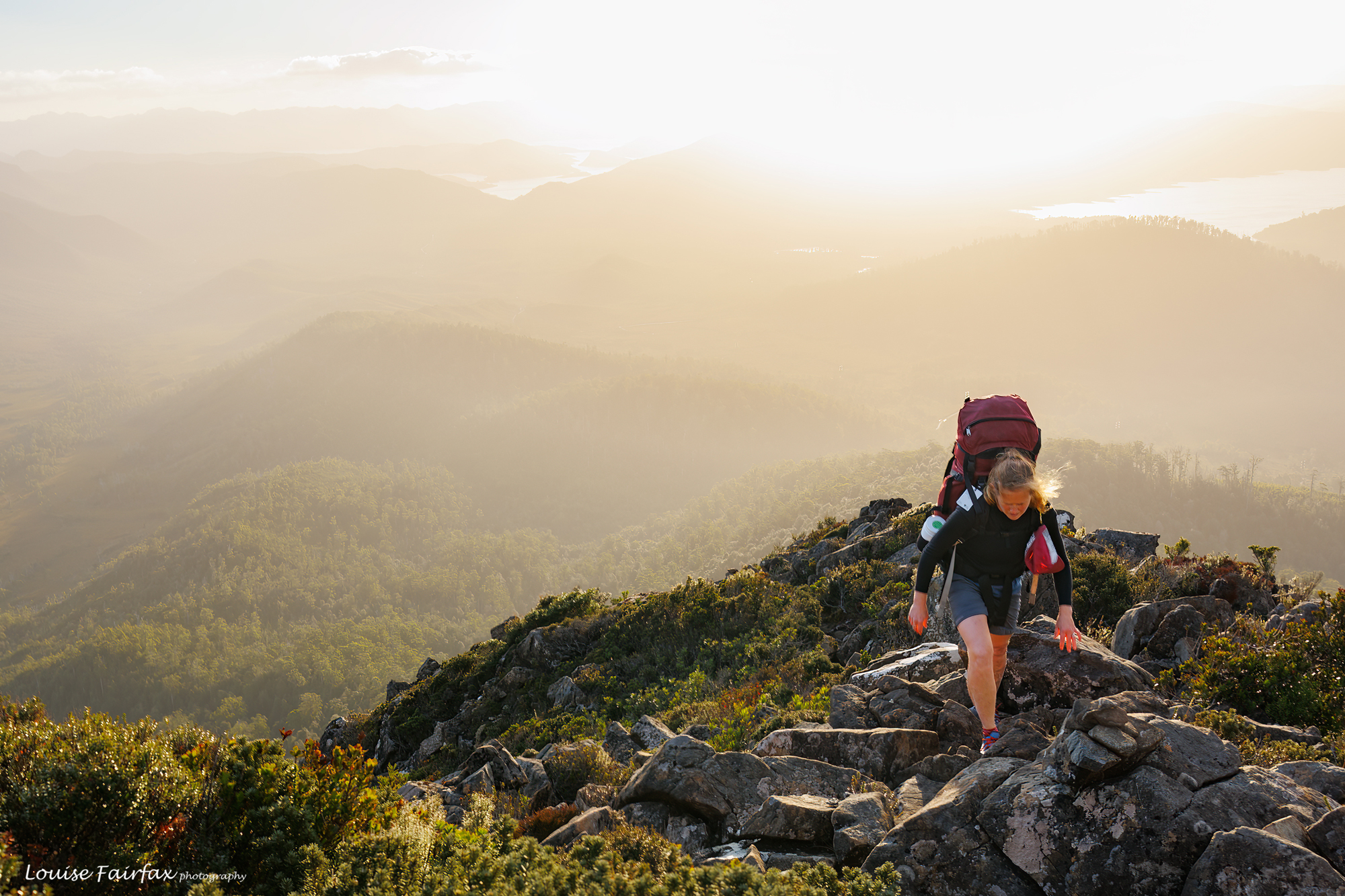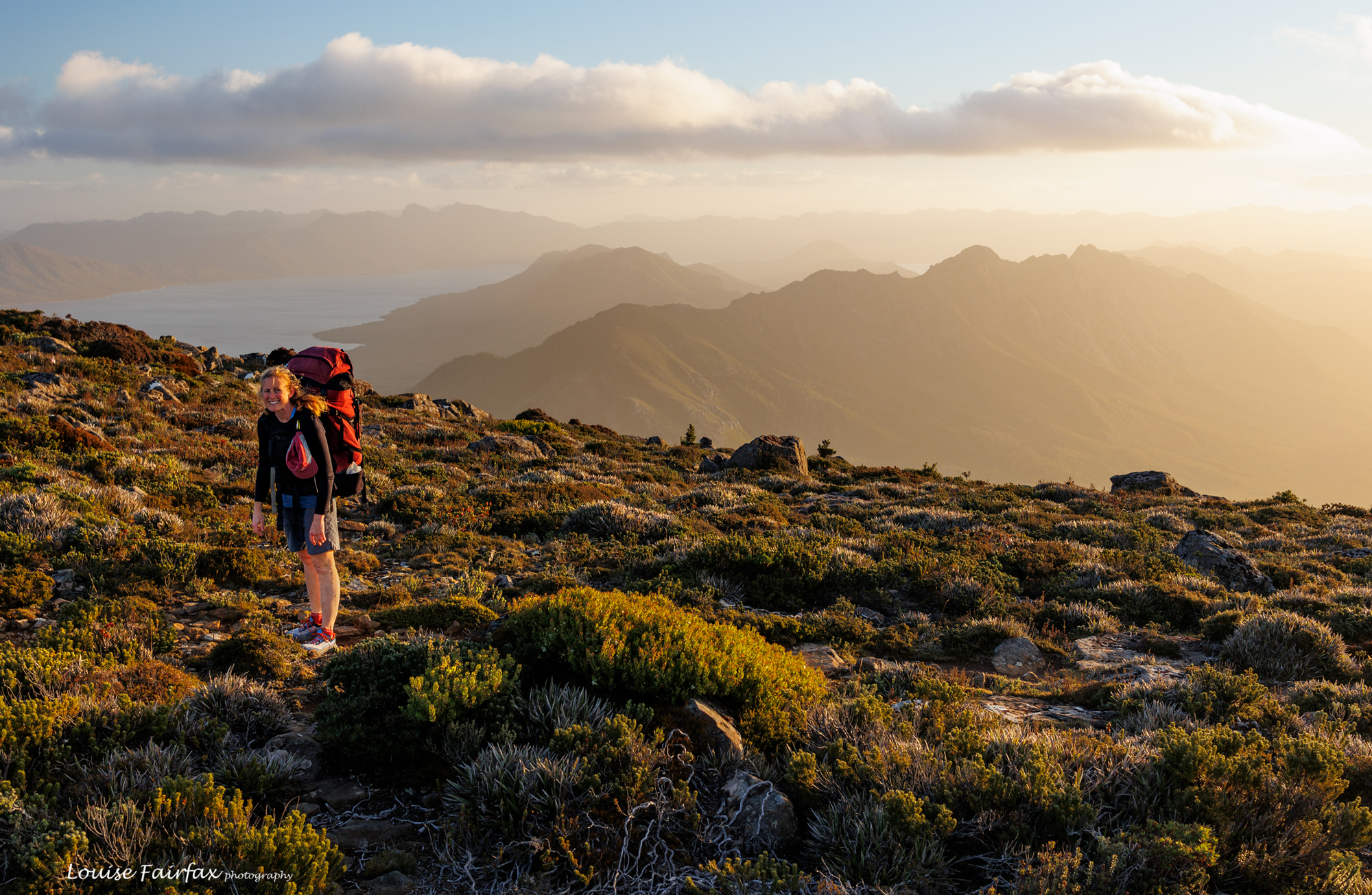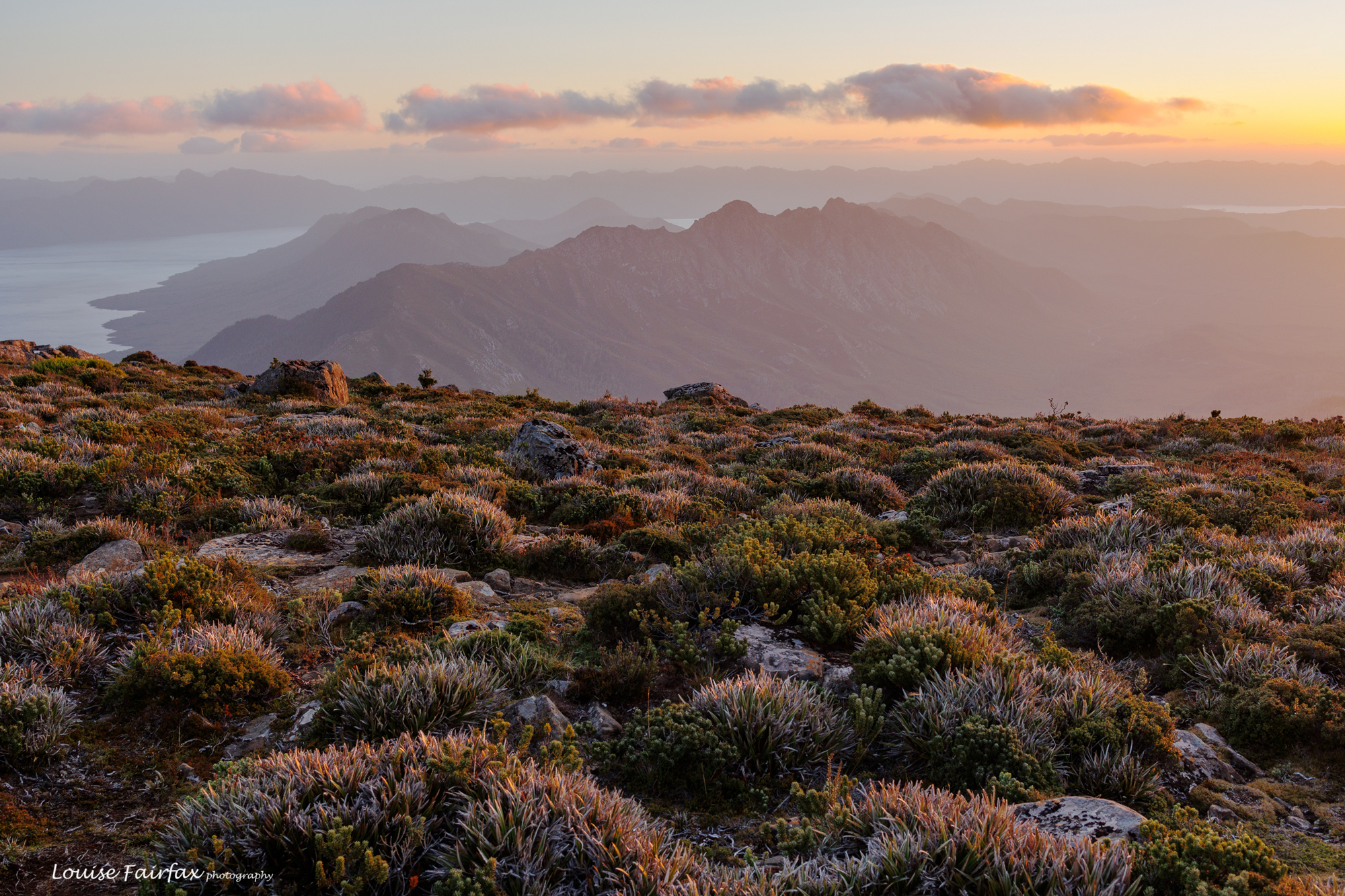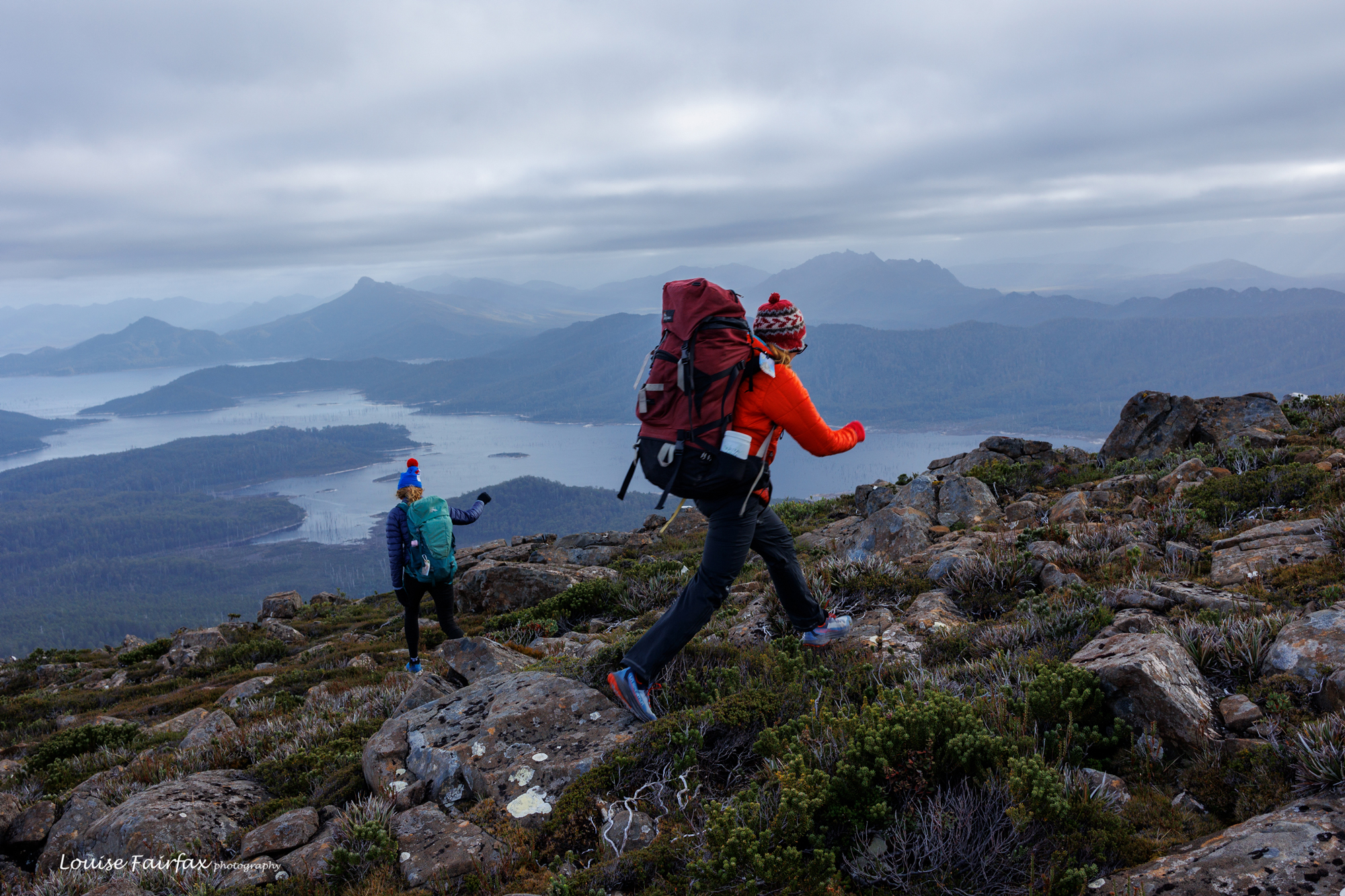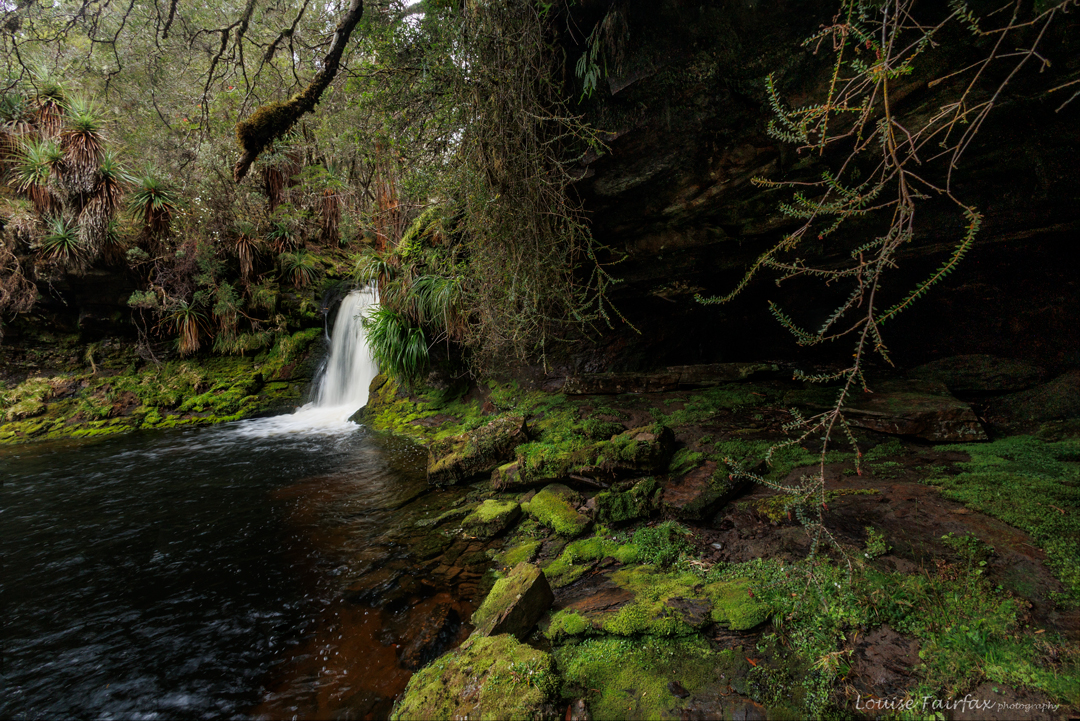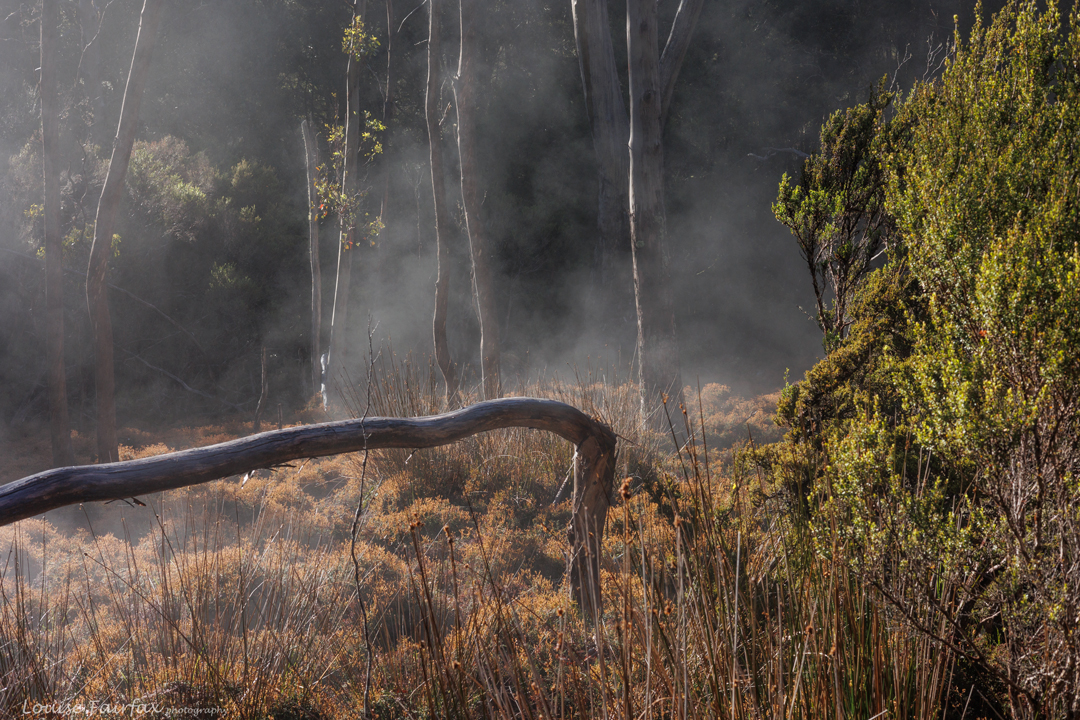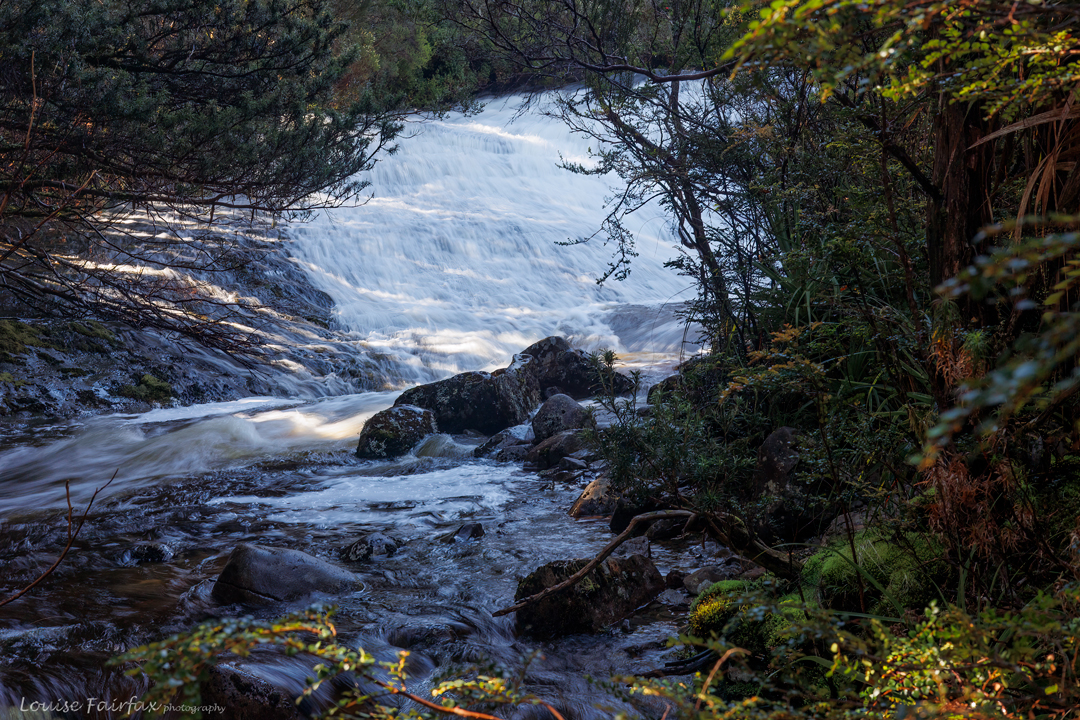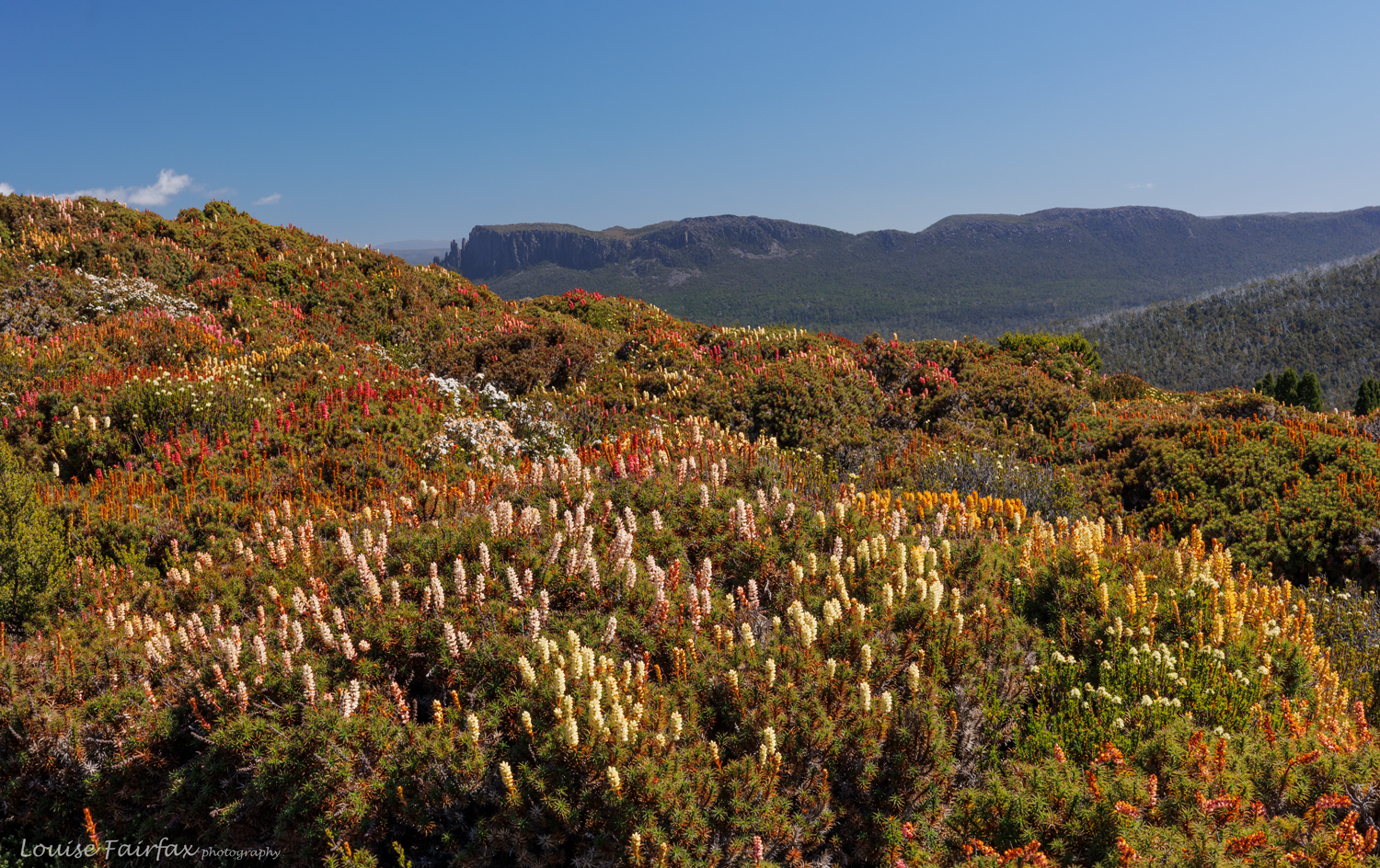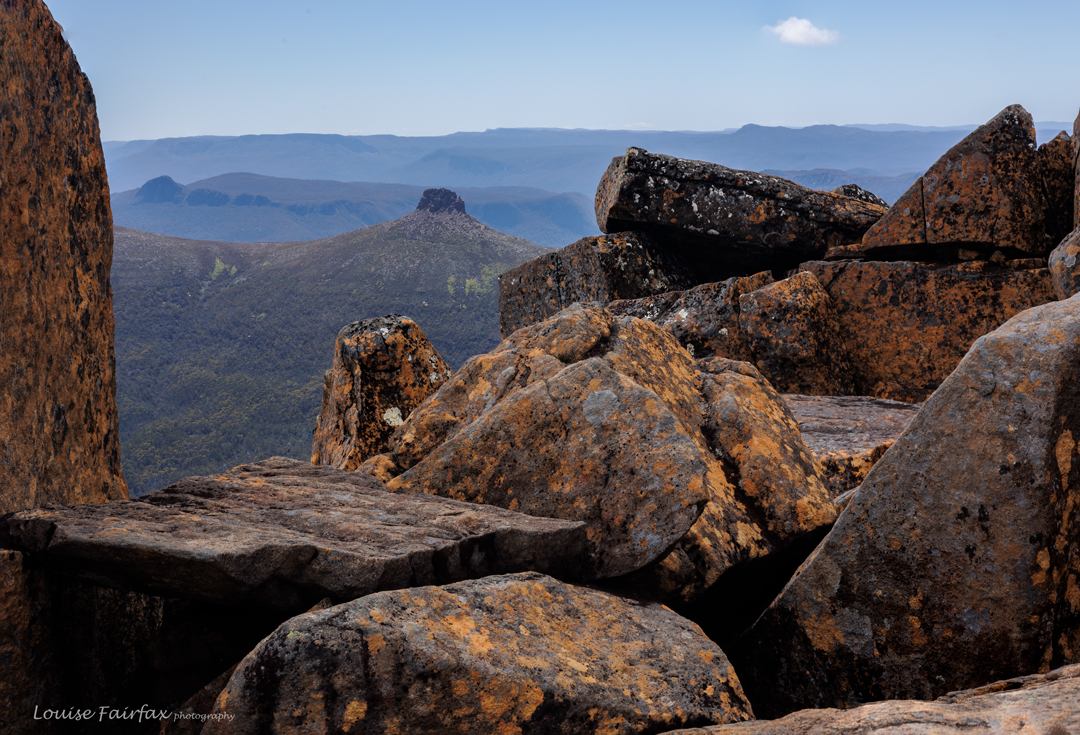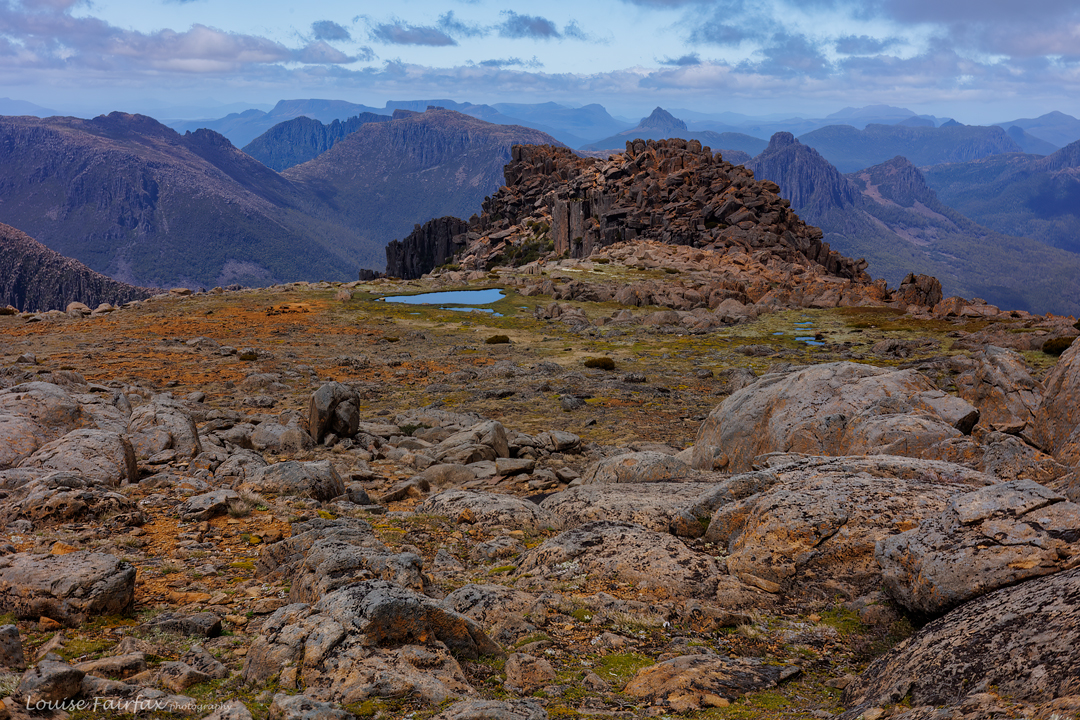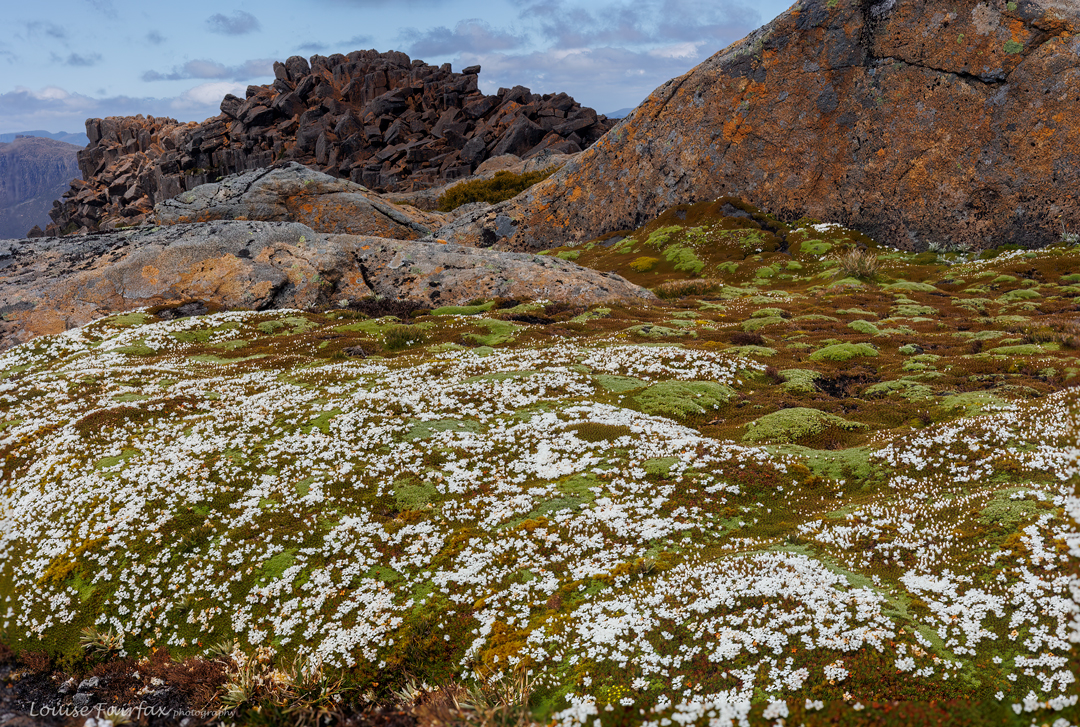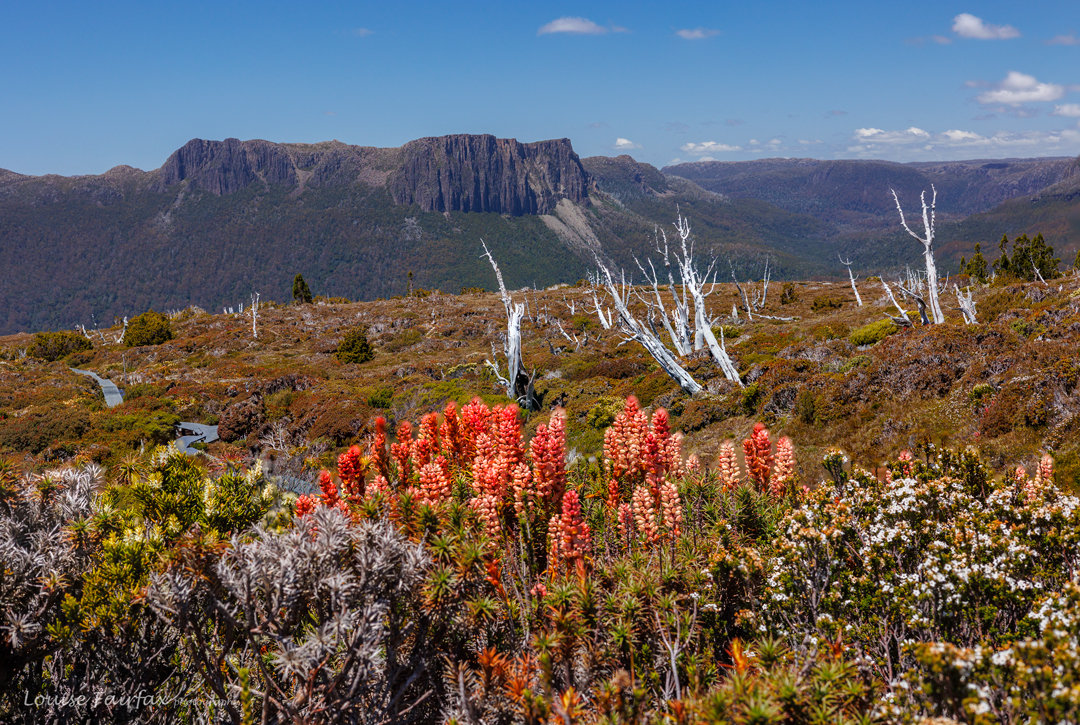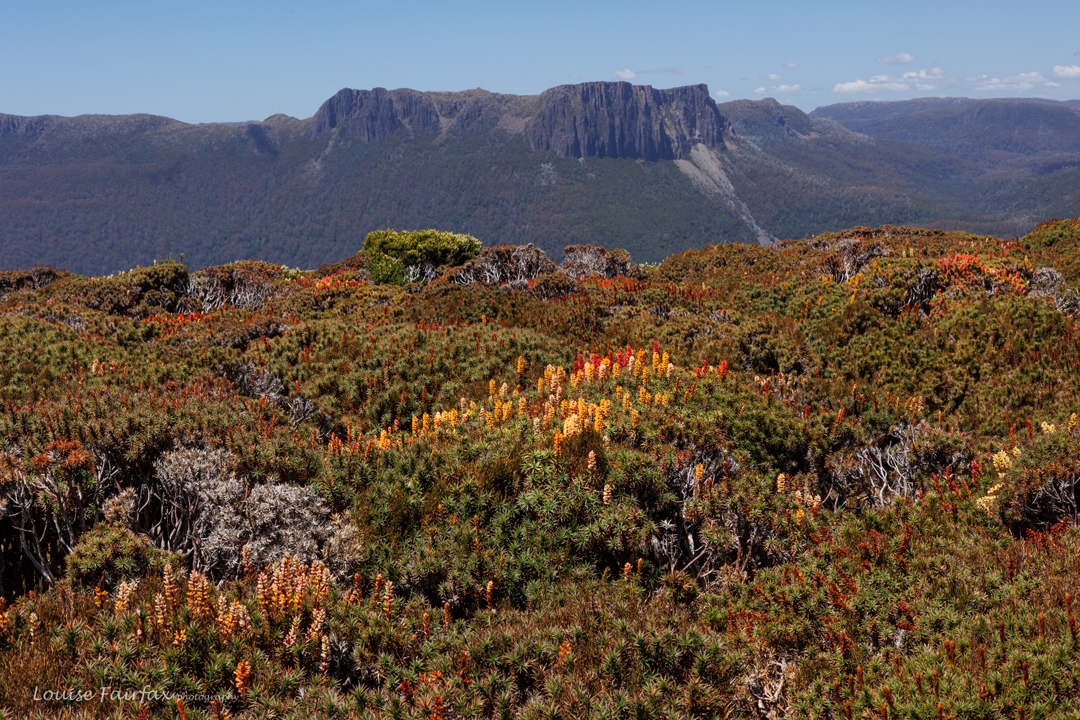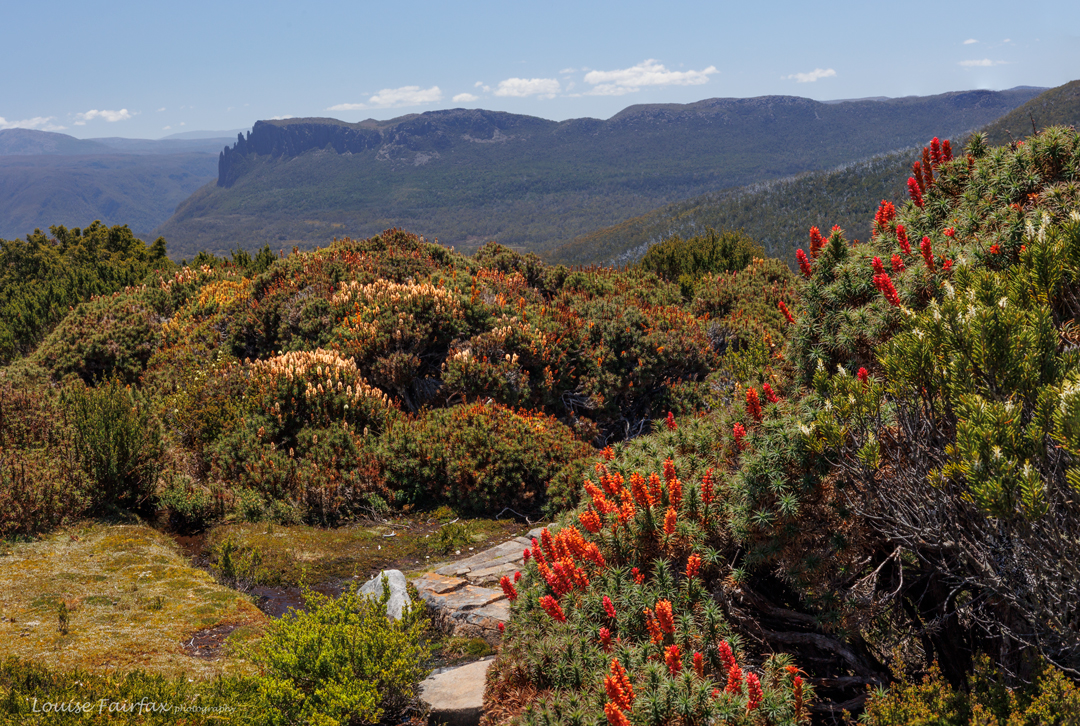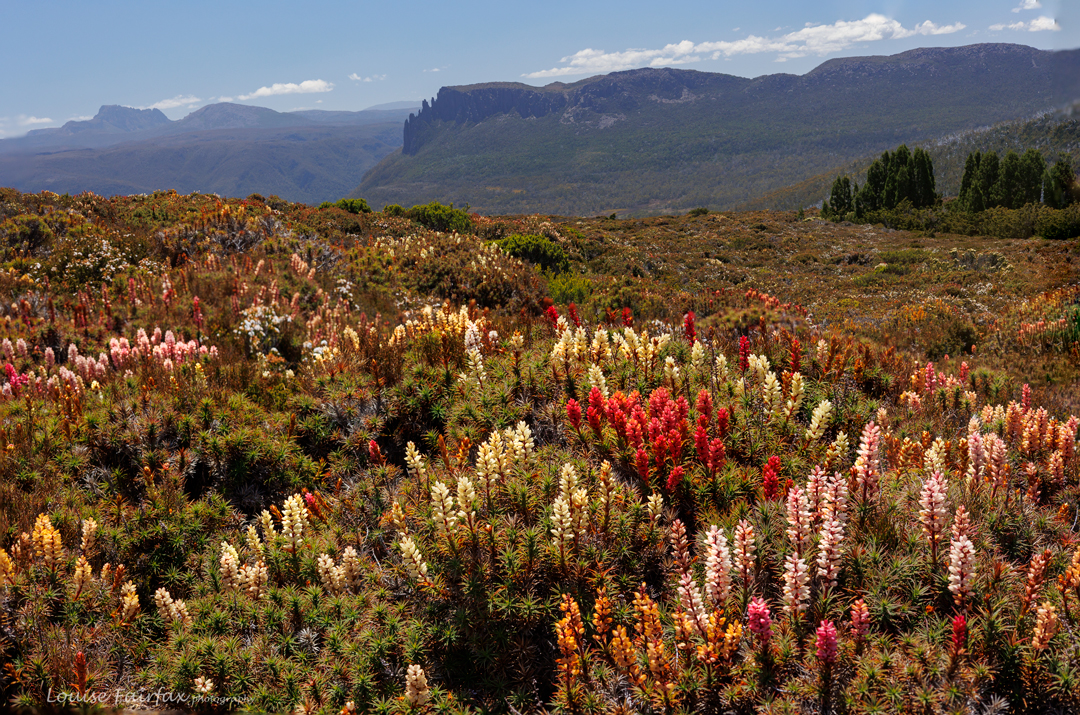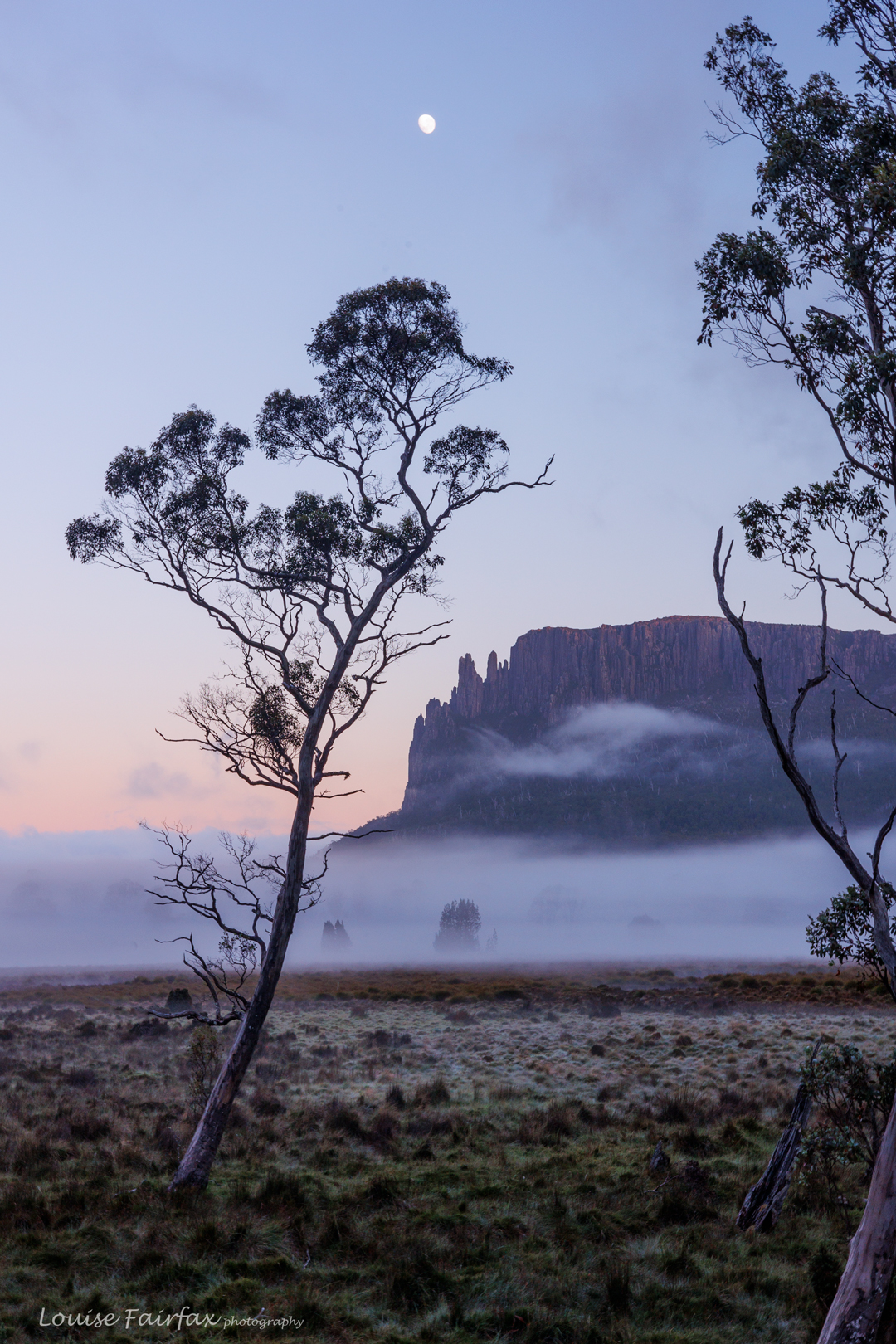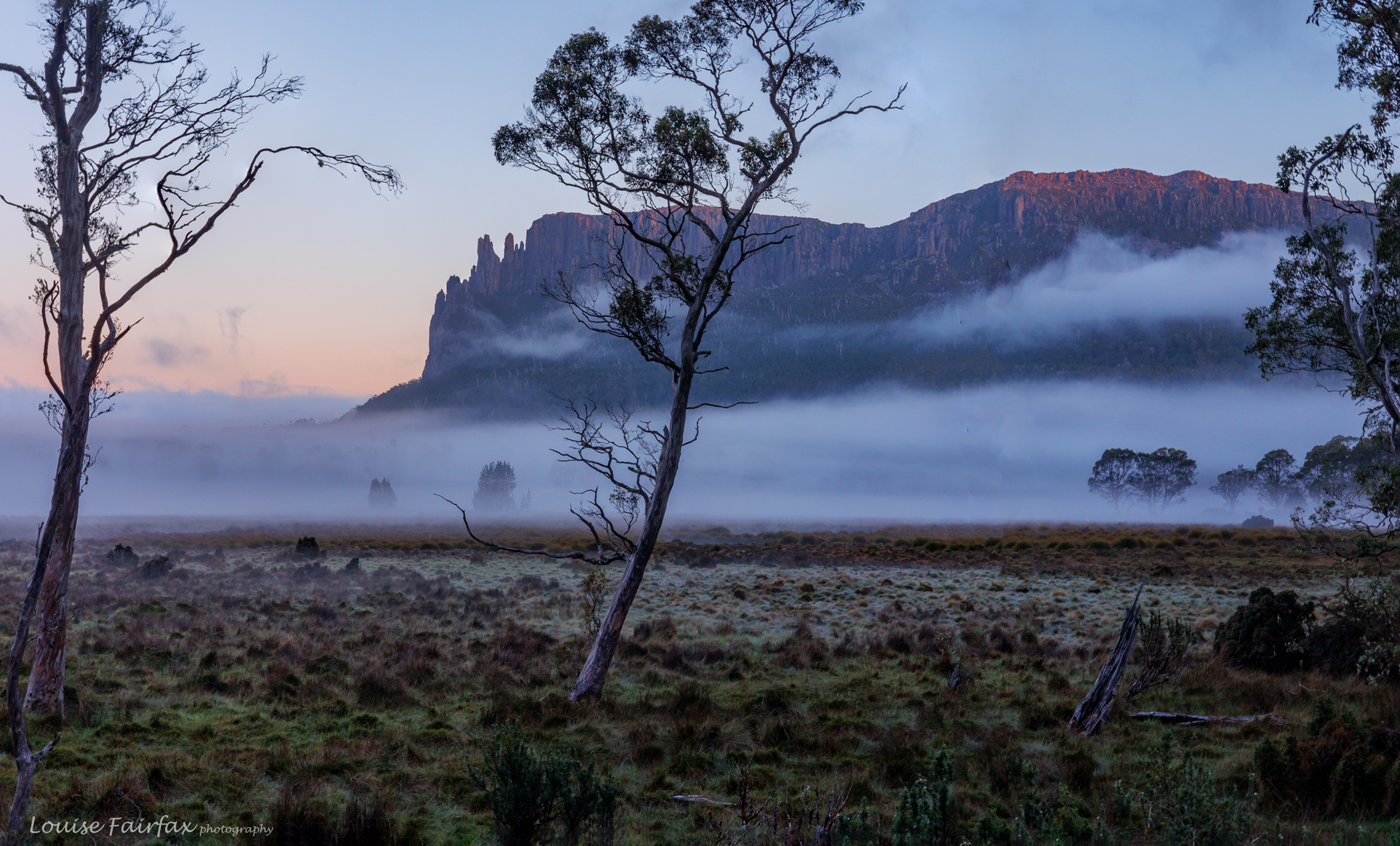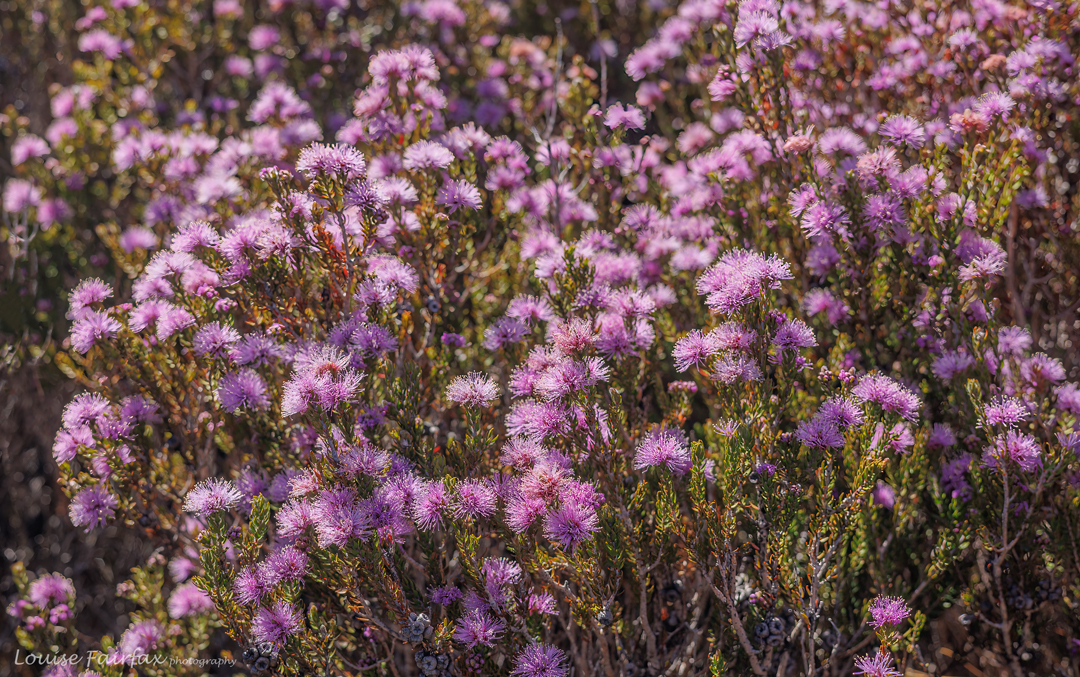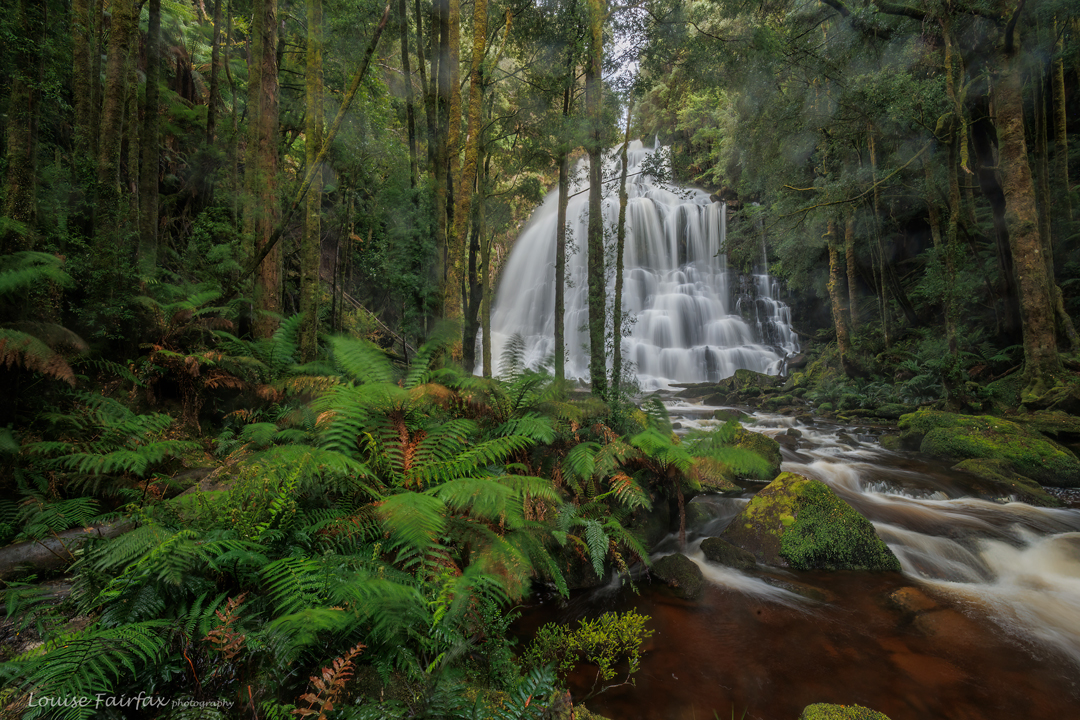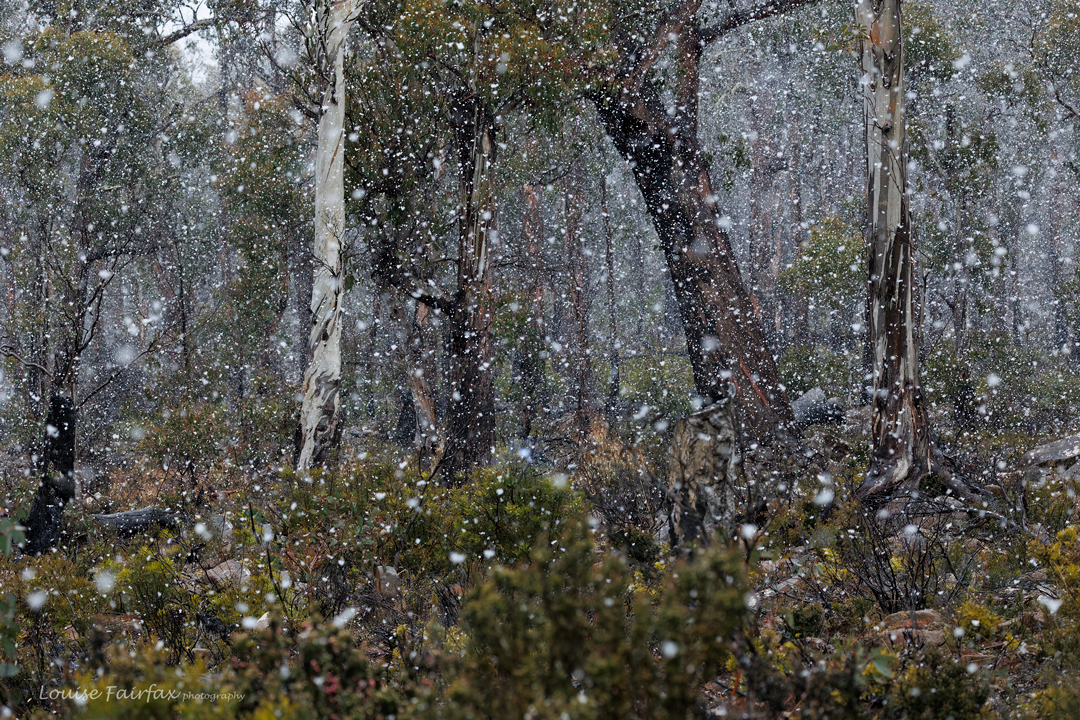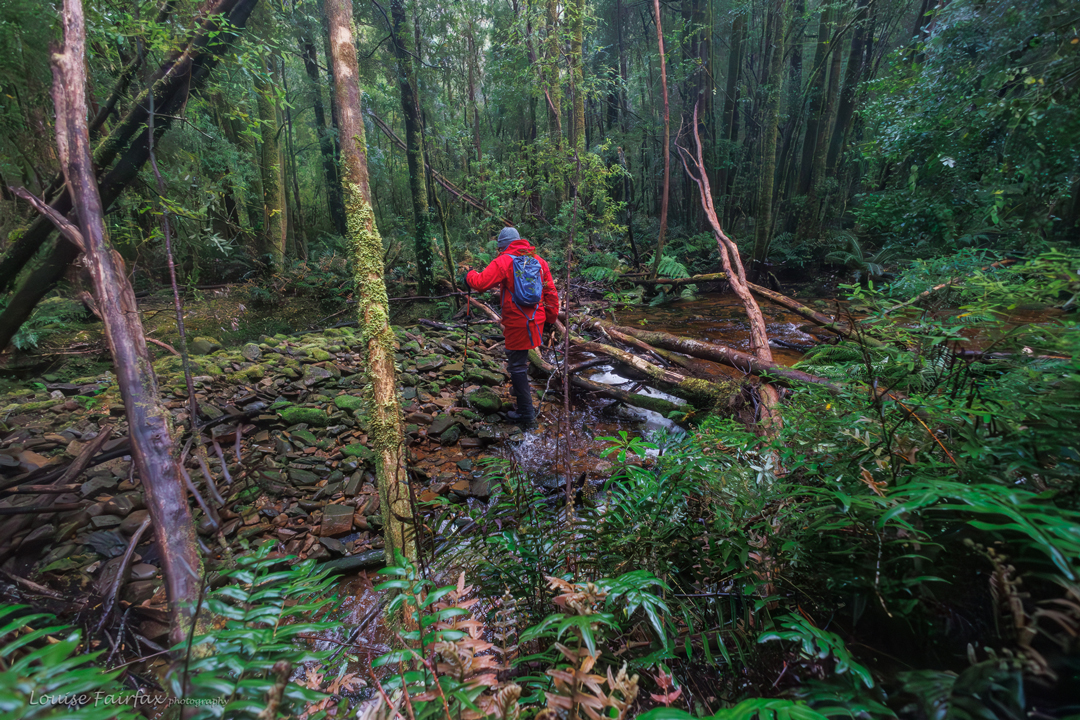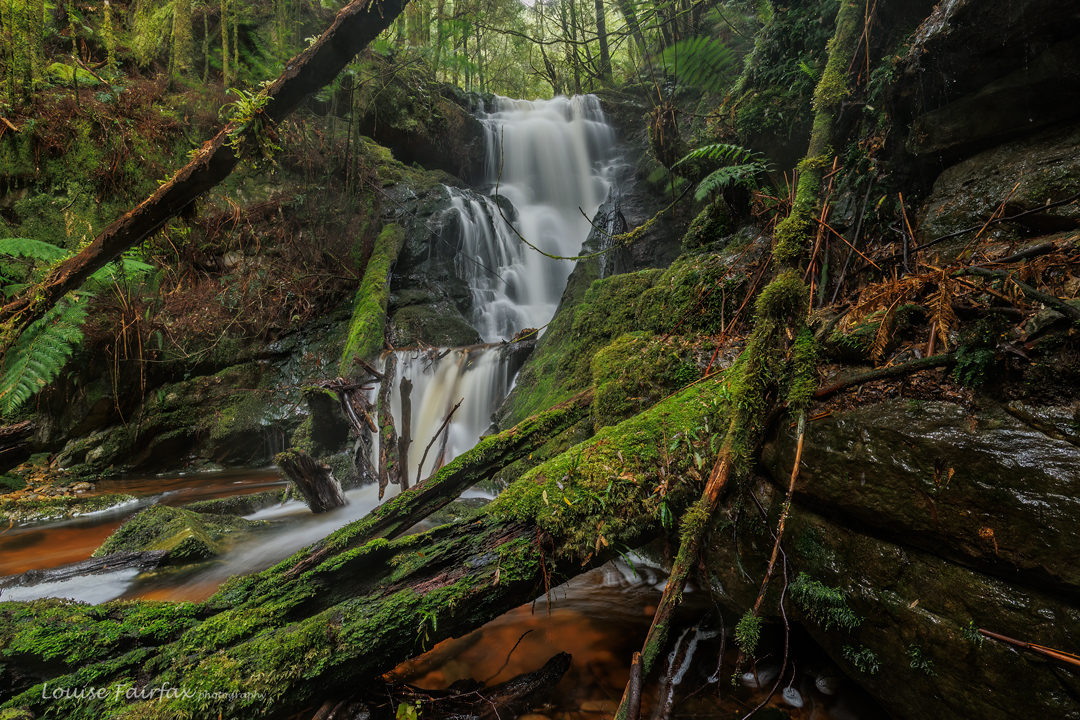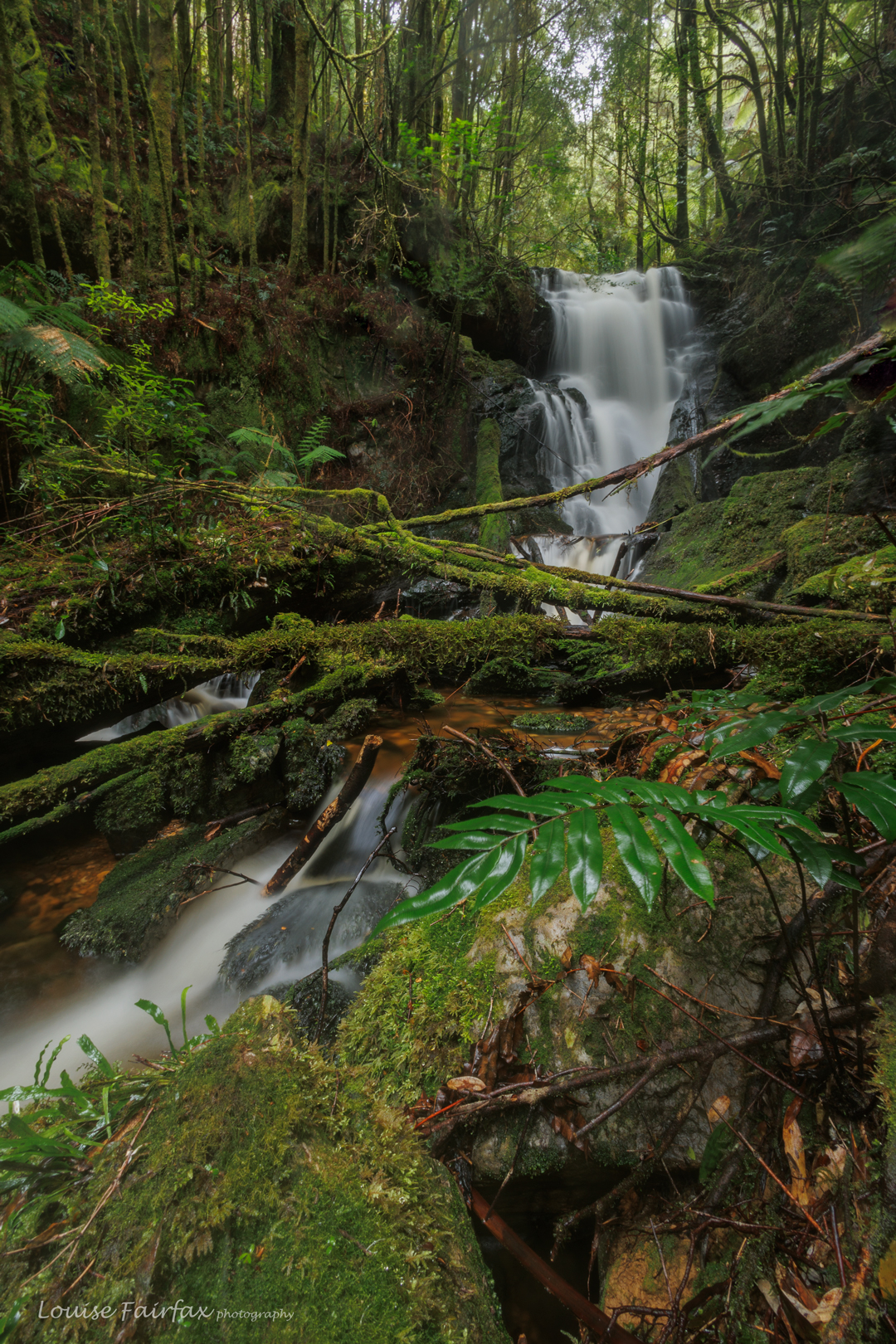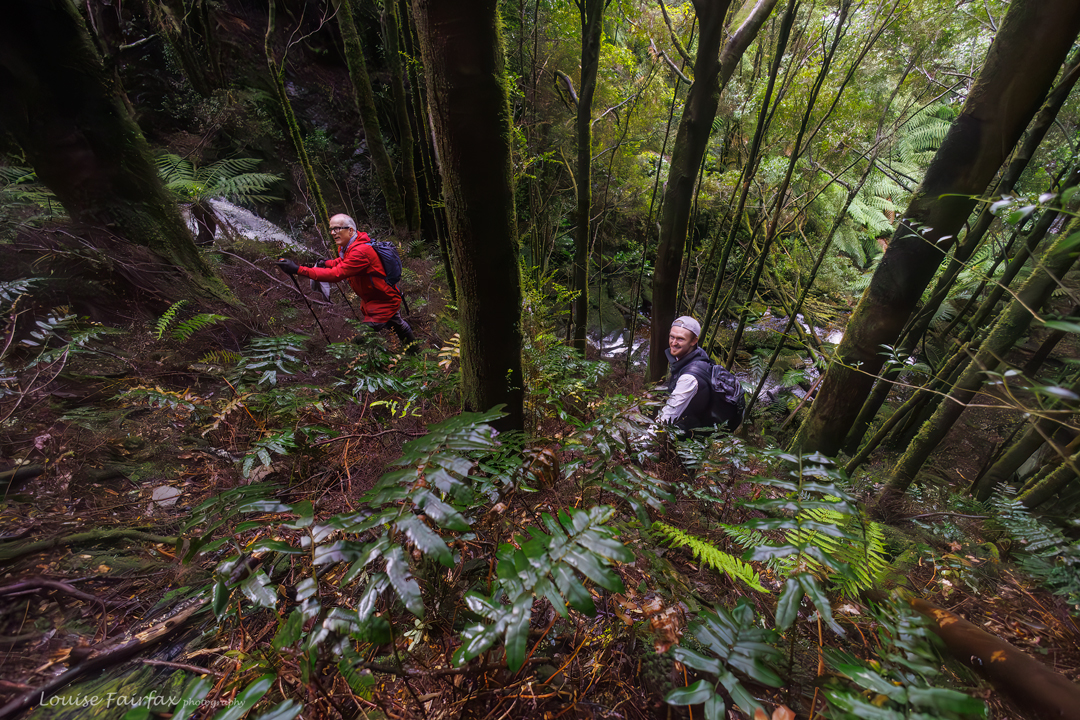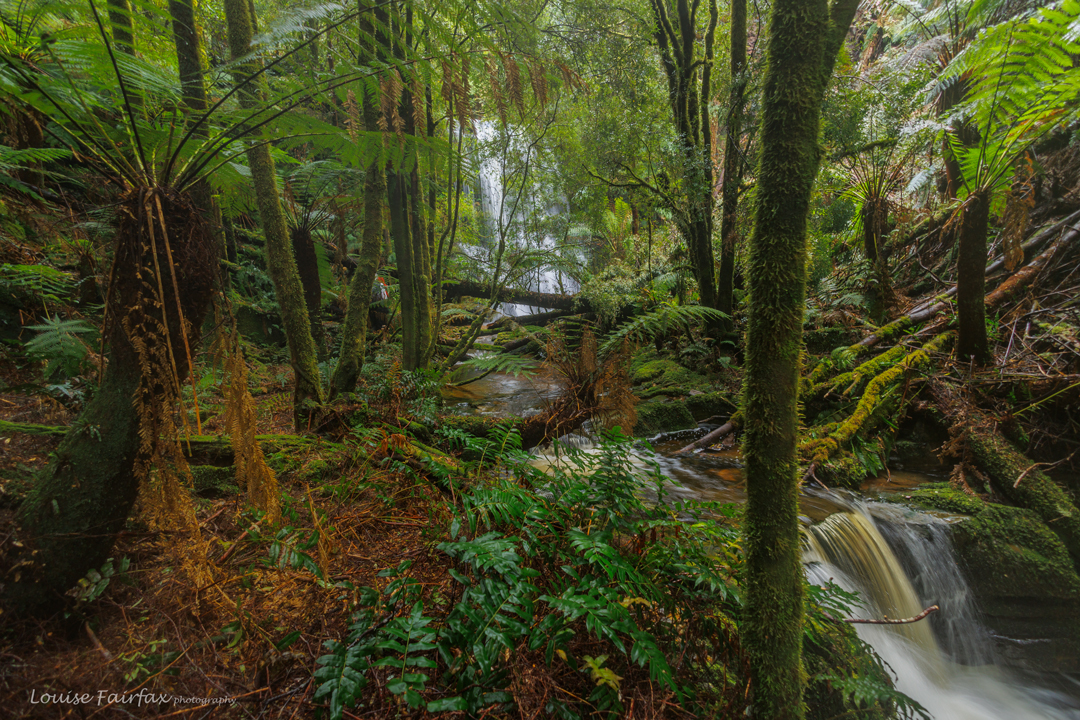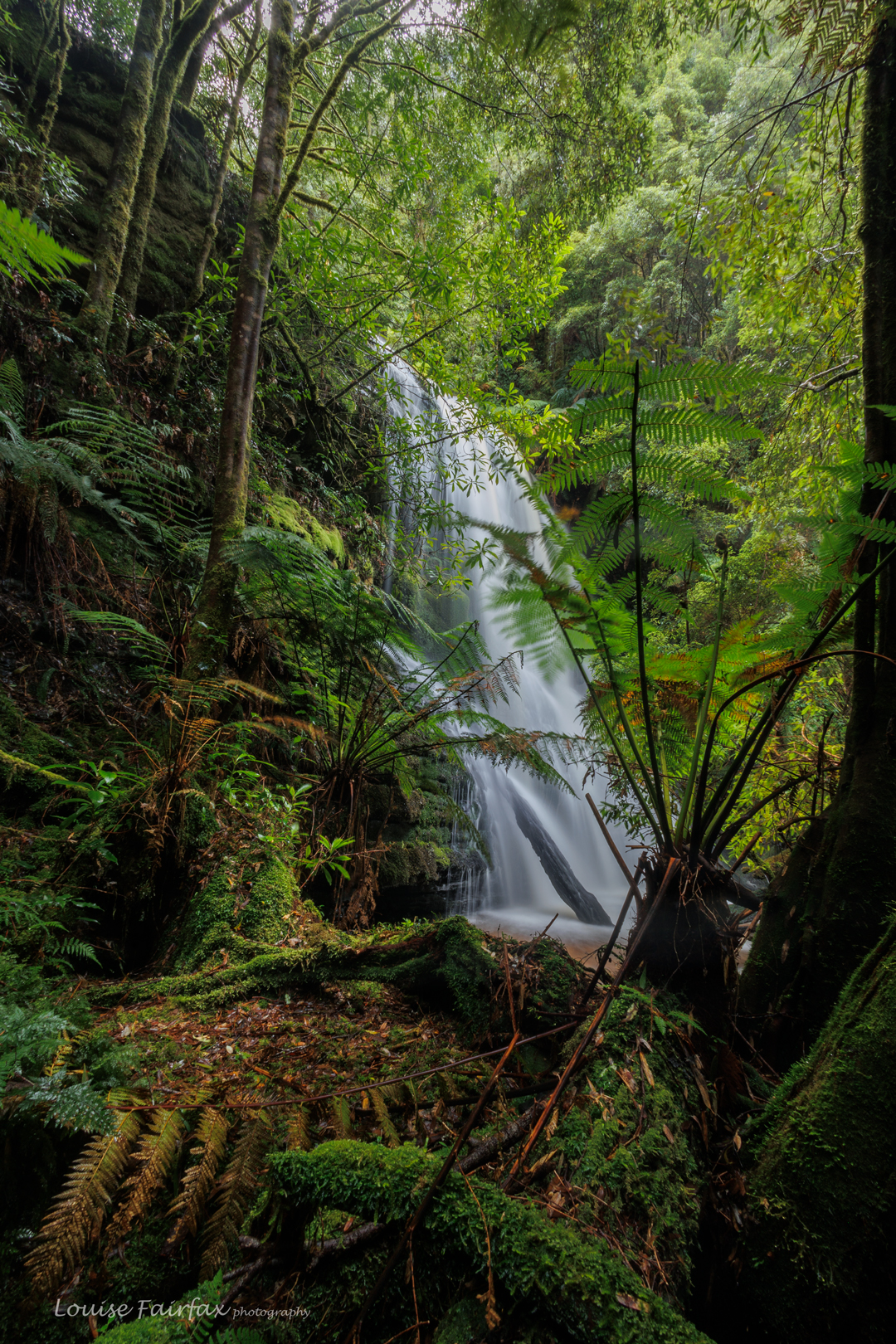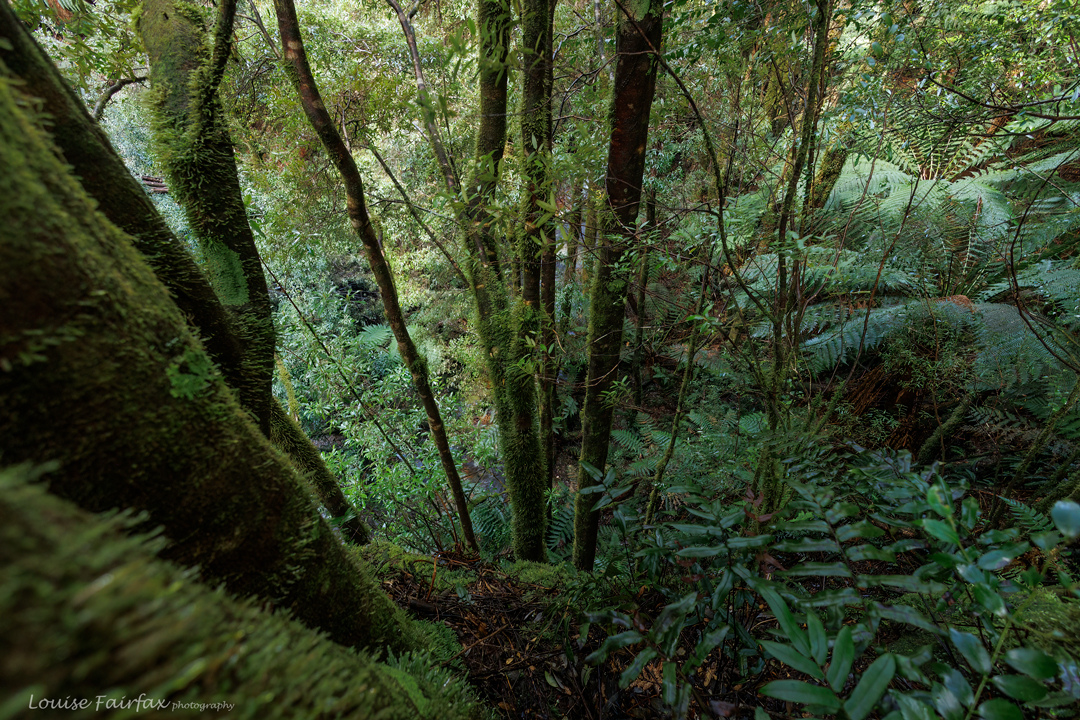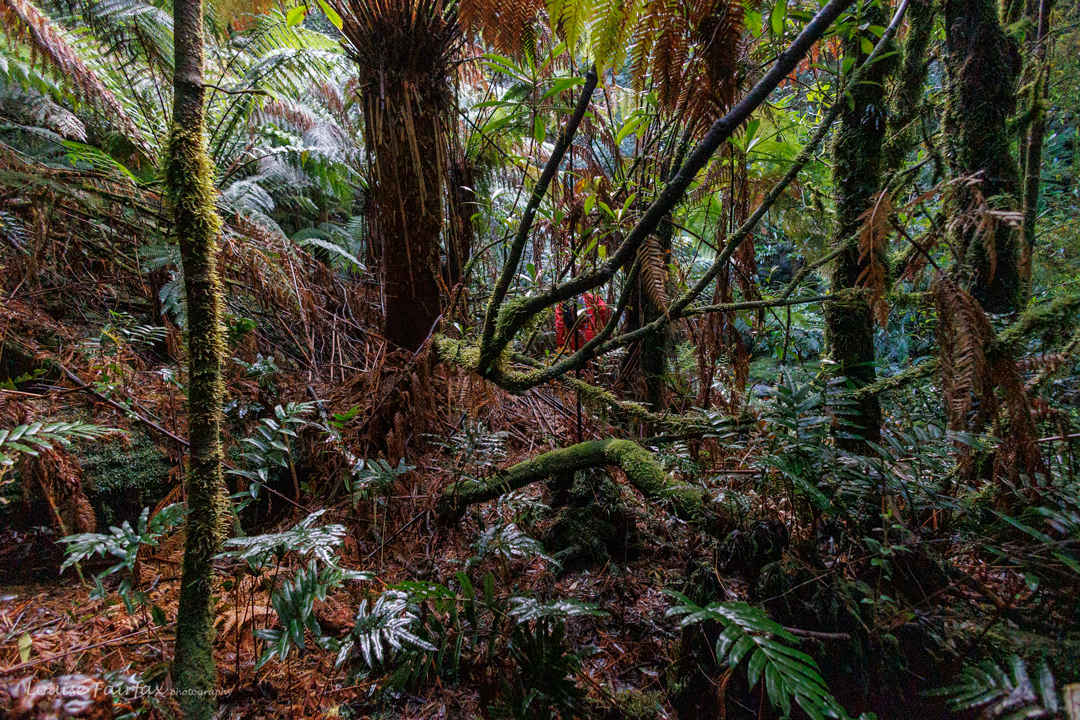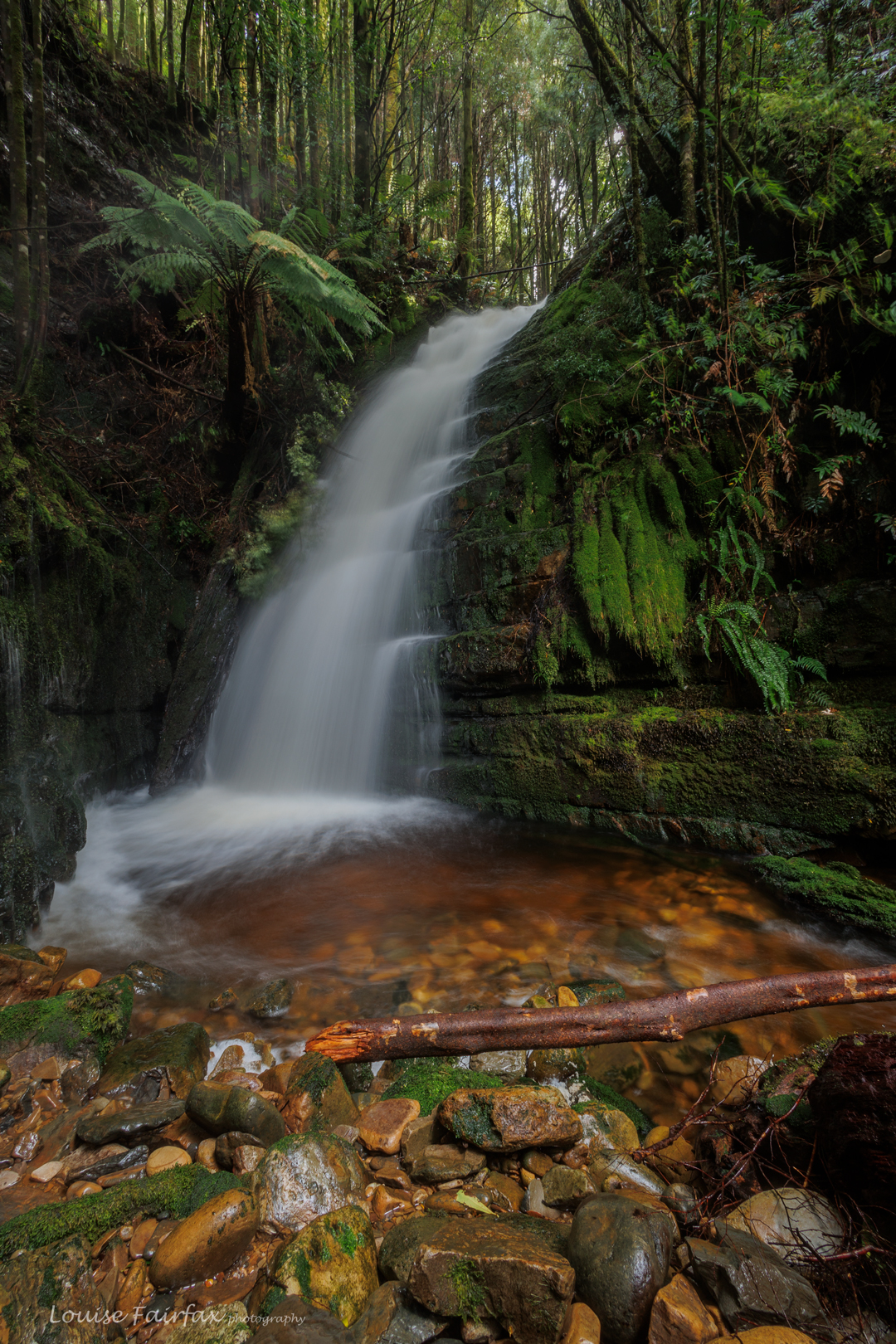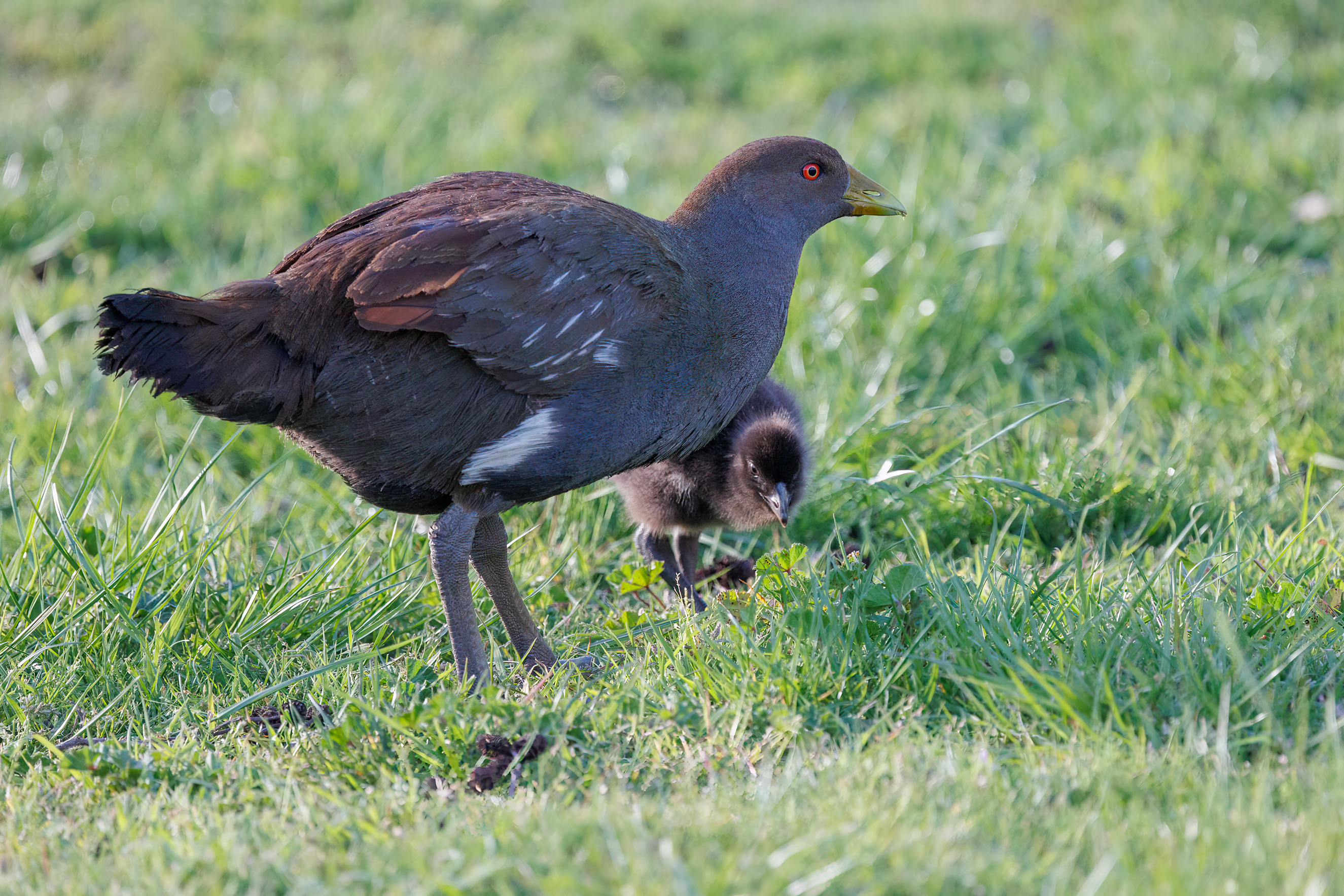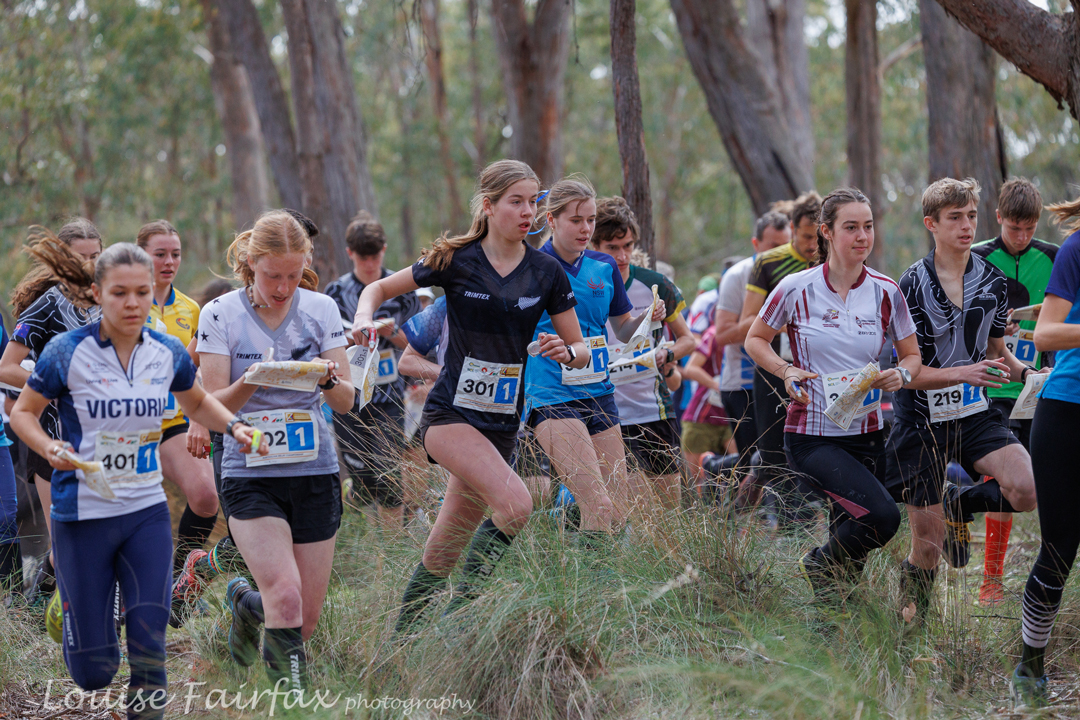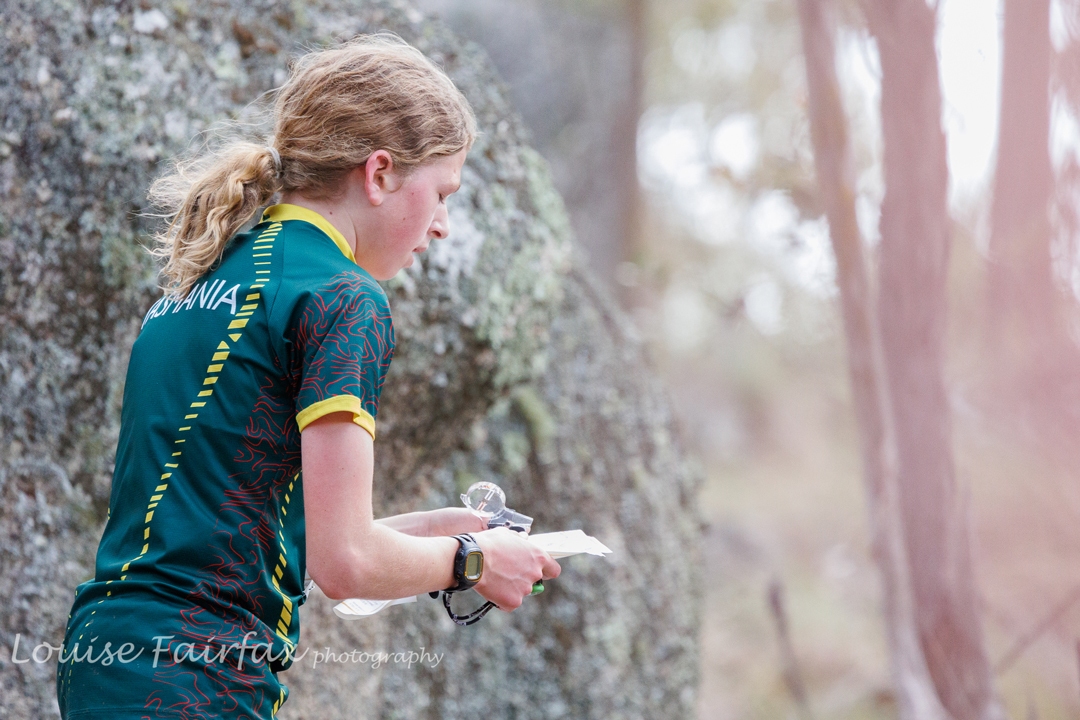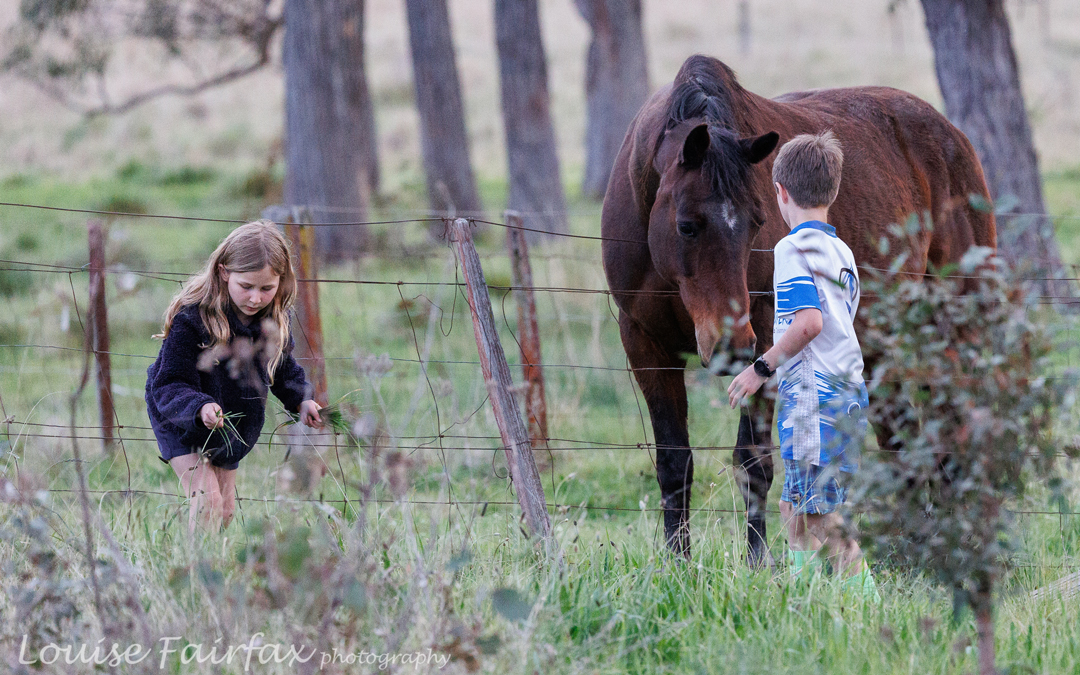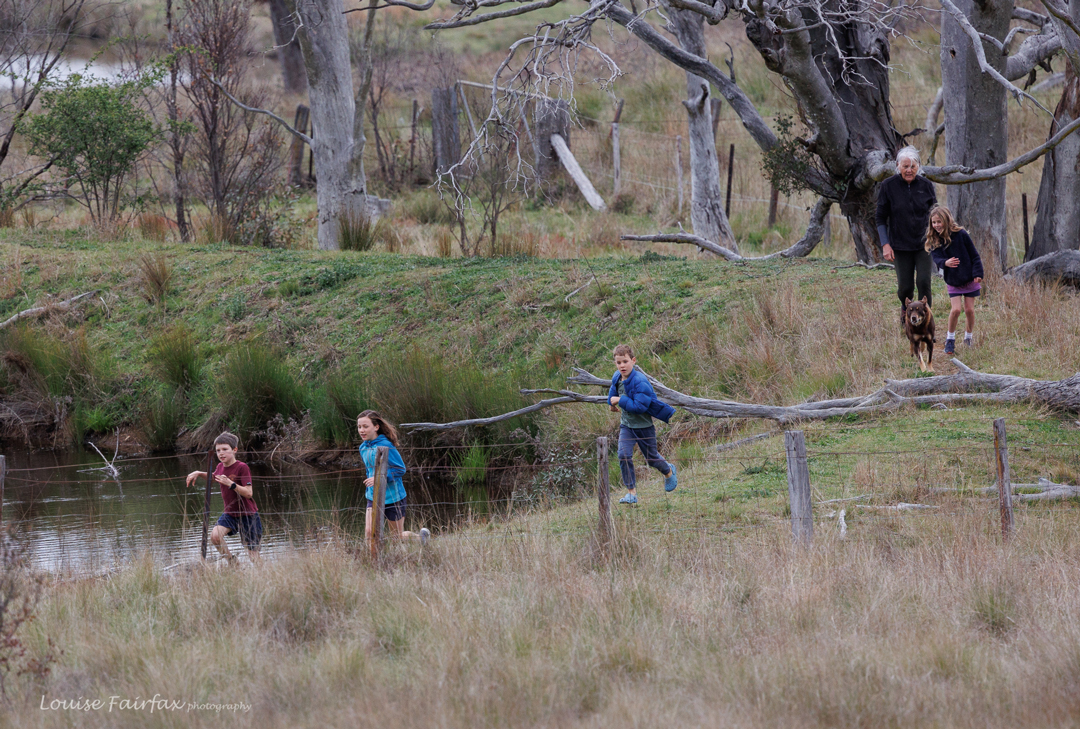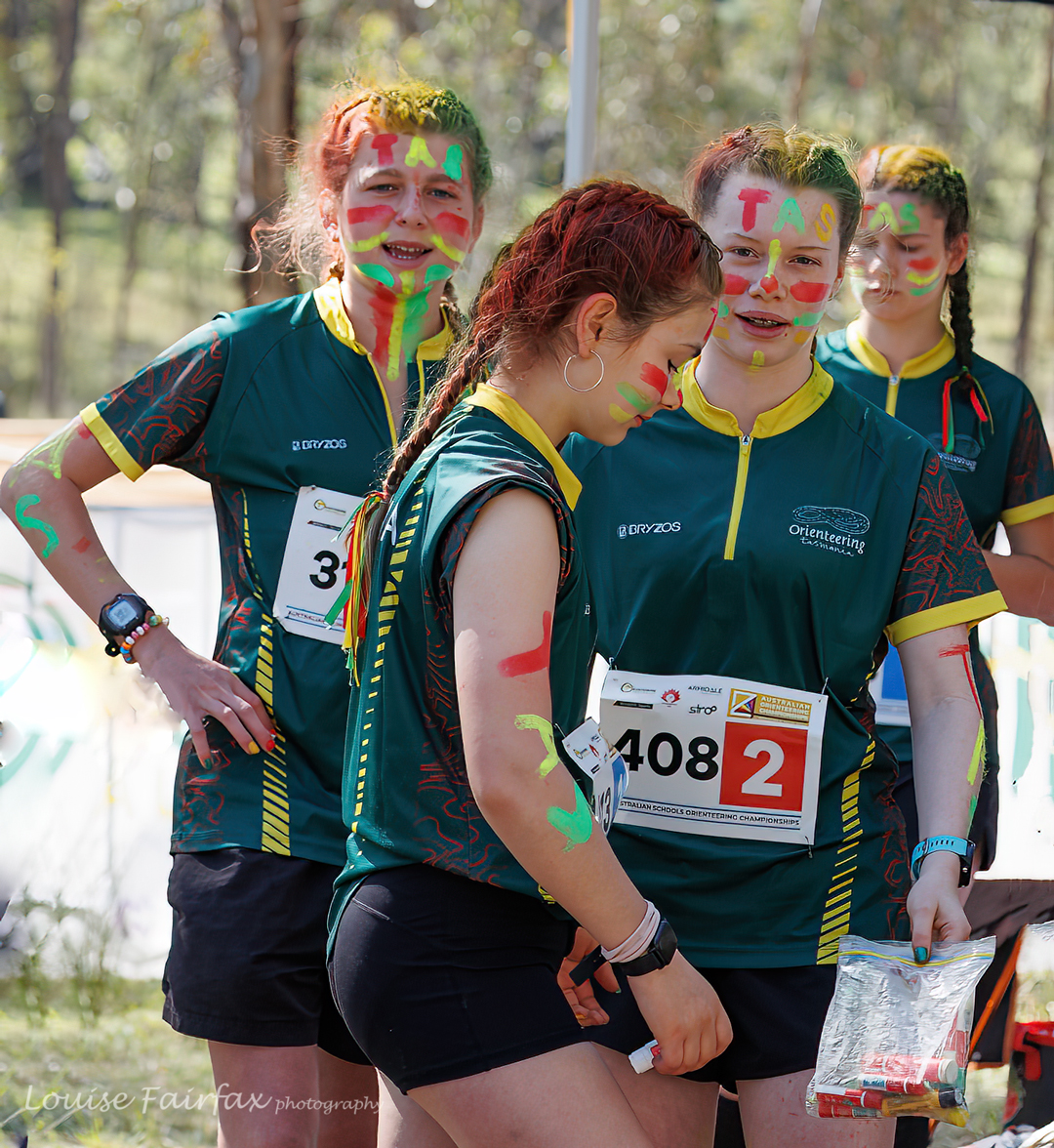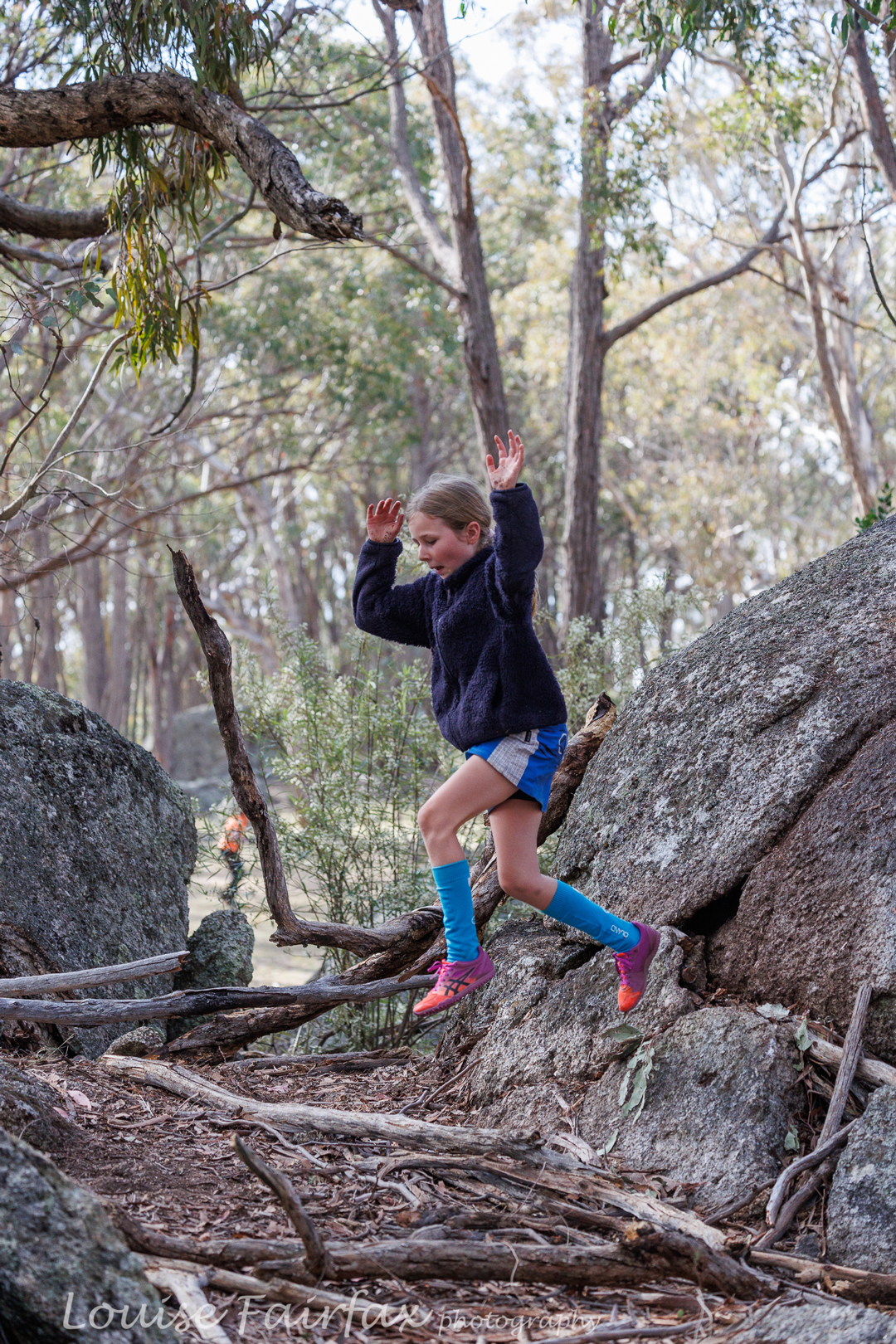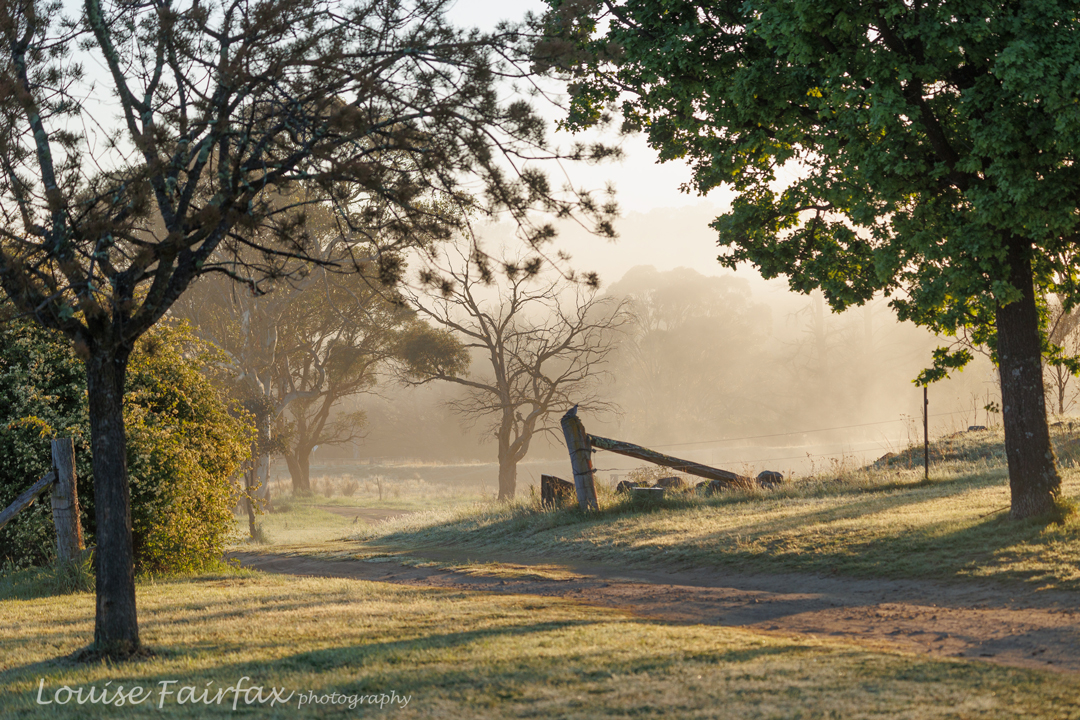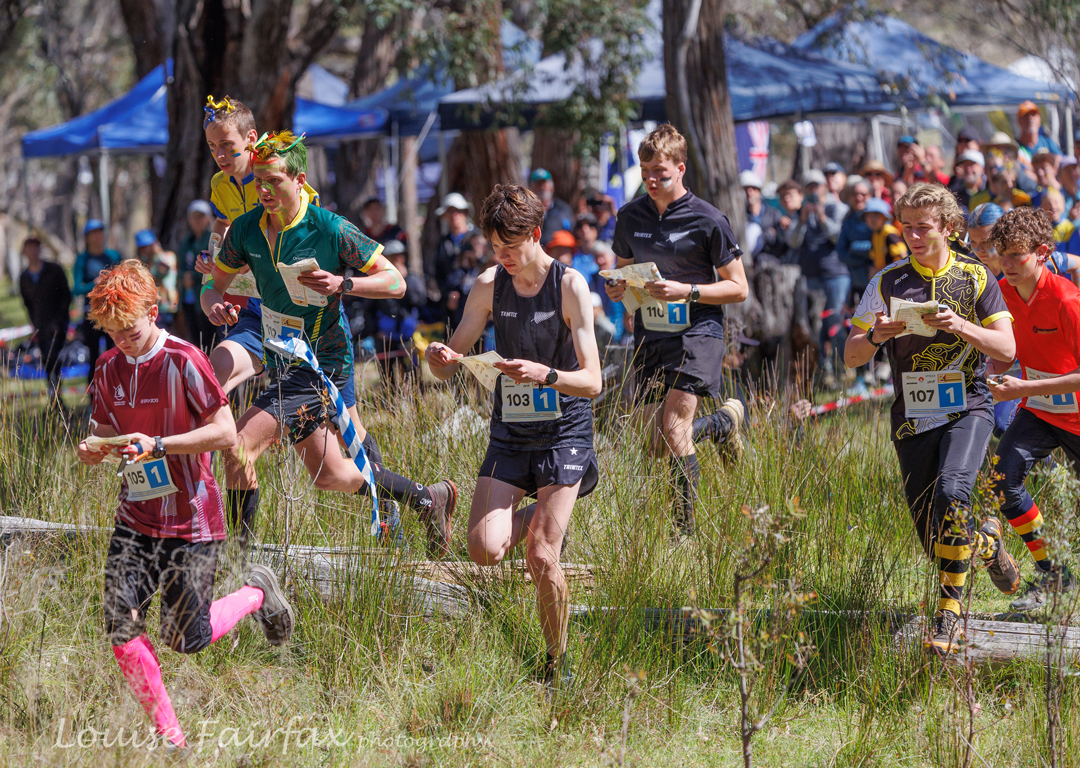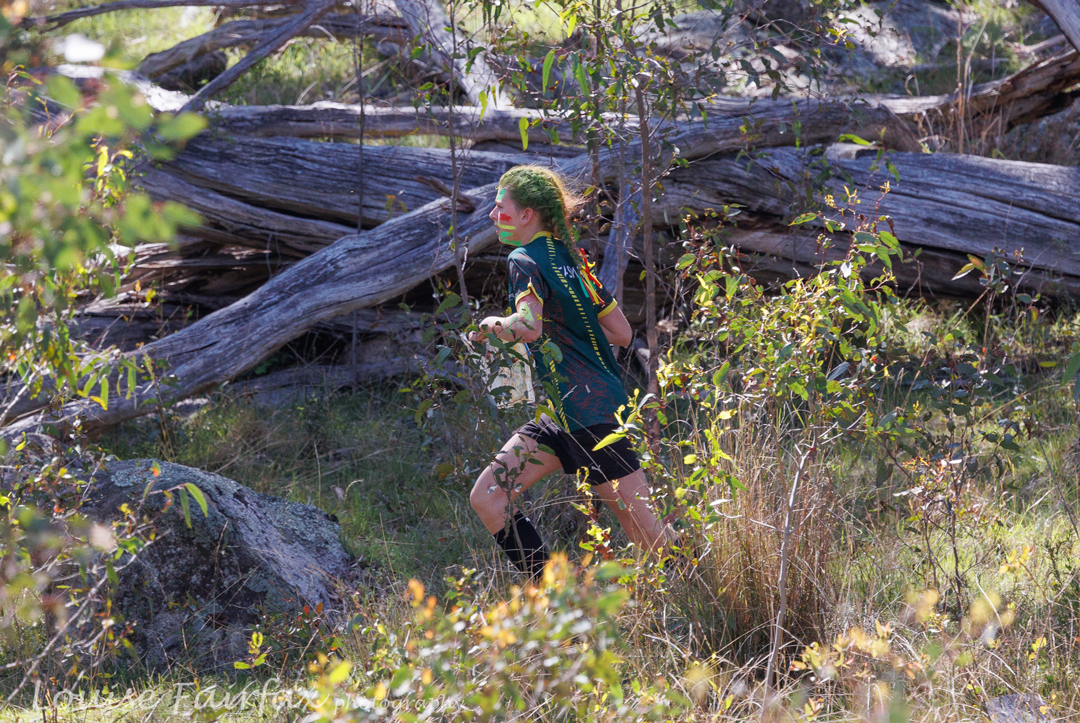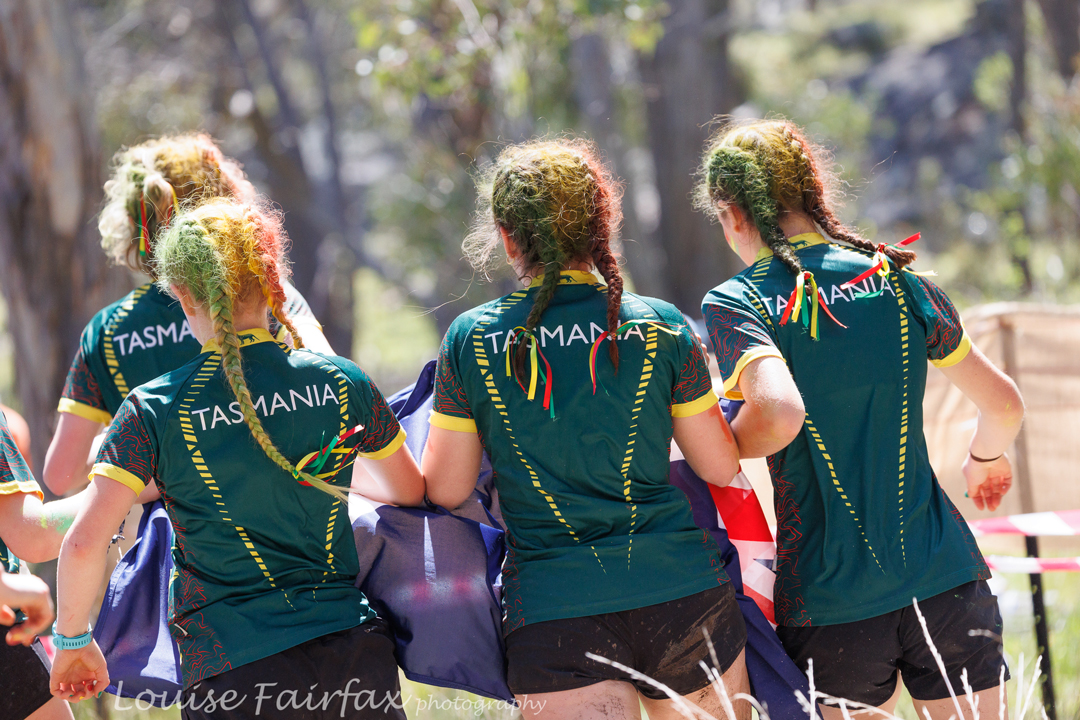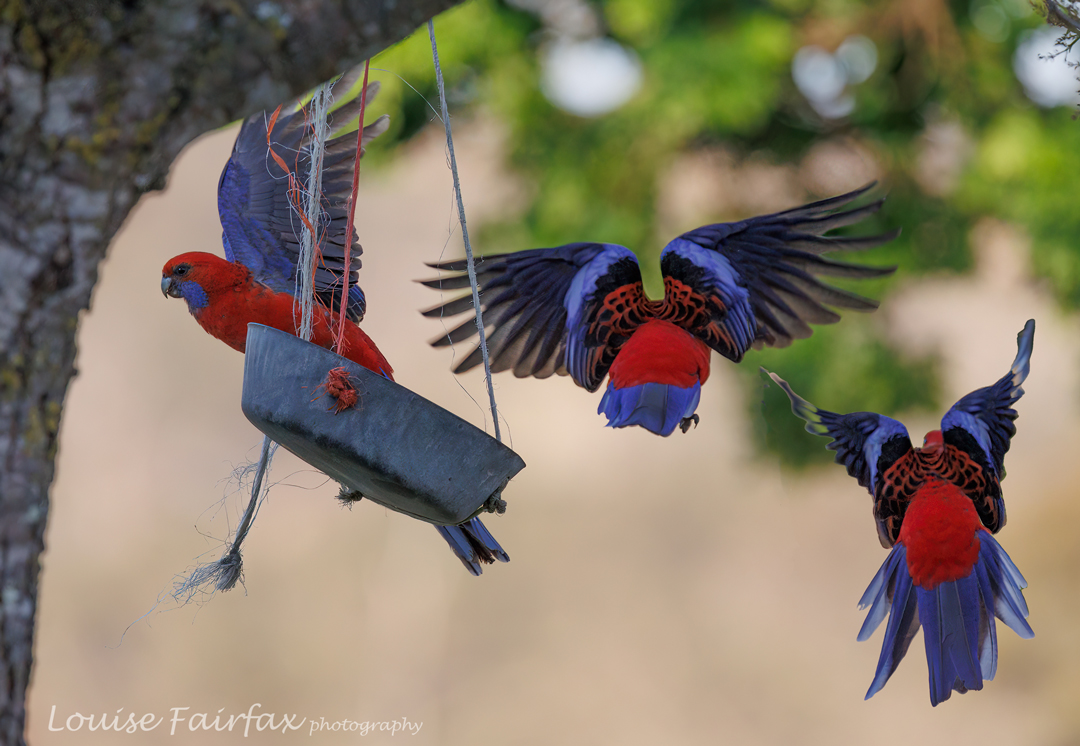The Australian 3-days Orienteering Championships (aka Easter 3-days), presents itself to the outside world as a high-level competition: selection event for World Championships, Junior Worlds, Bushrangers, World University and World Youth championships. It has World Ranking points for the elites. For those not young or old enough for all that, it emphasises that national rankings hang on these events. People assume it’s all about orienteering, and doing well.
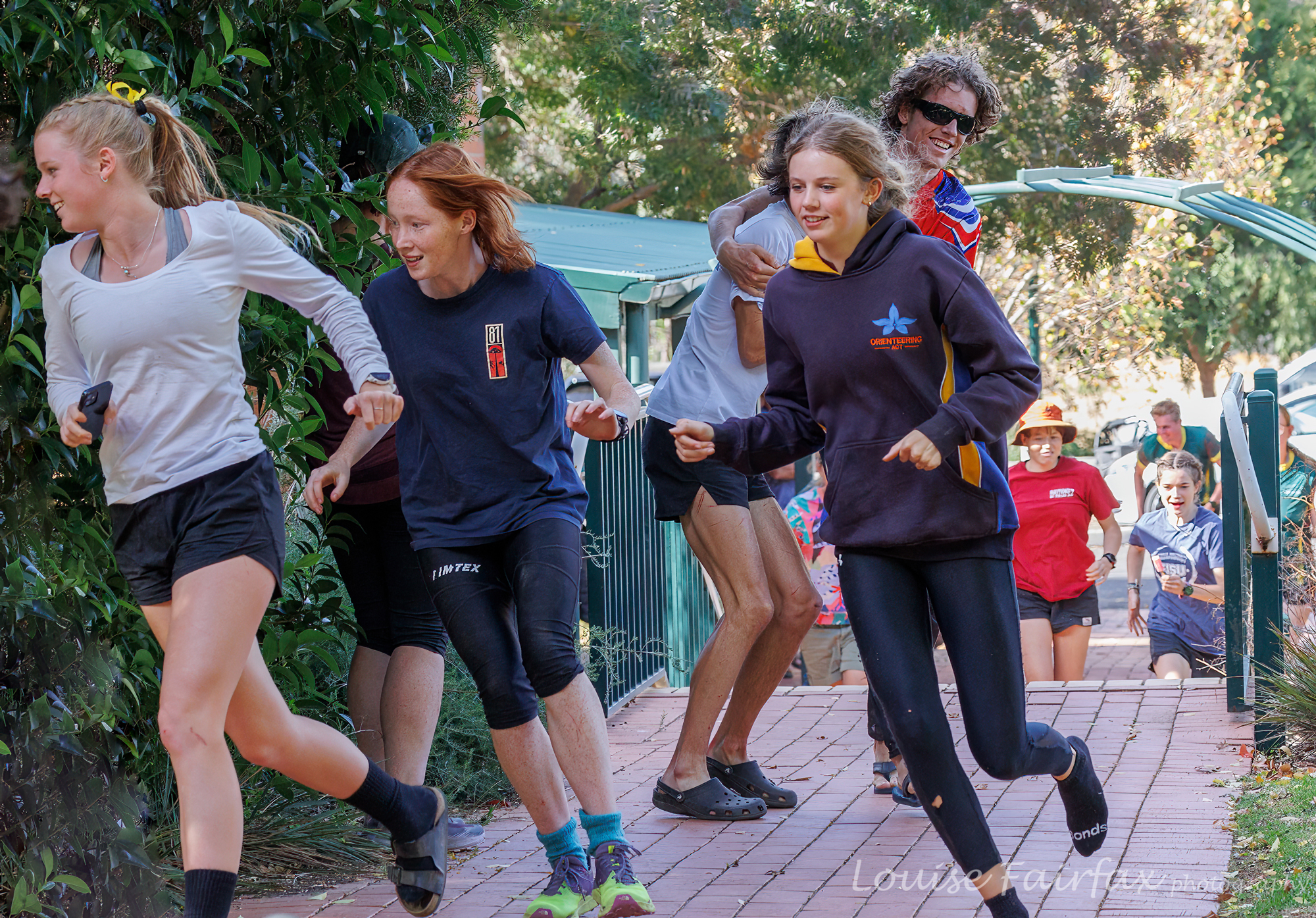
However, the fact is that all this hype is just a cover to conceal the real event. If you talk to competitors like Justine Hobson or Sam Woolford, Liana Stubbs or Euan Best, they’ll go along with this game and lead you intentionally astray by talking about selection trials, World rankings and the like, indicating to their interlocutor no clue that the purpose of their presence is to participate in The Easter Sunday Egg Hunt (conducted by Tasmania).
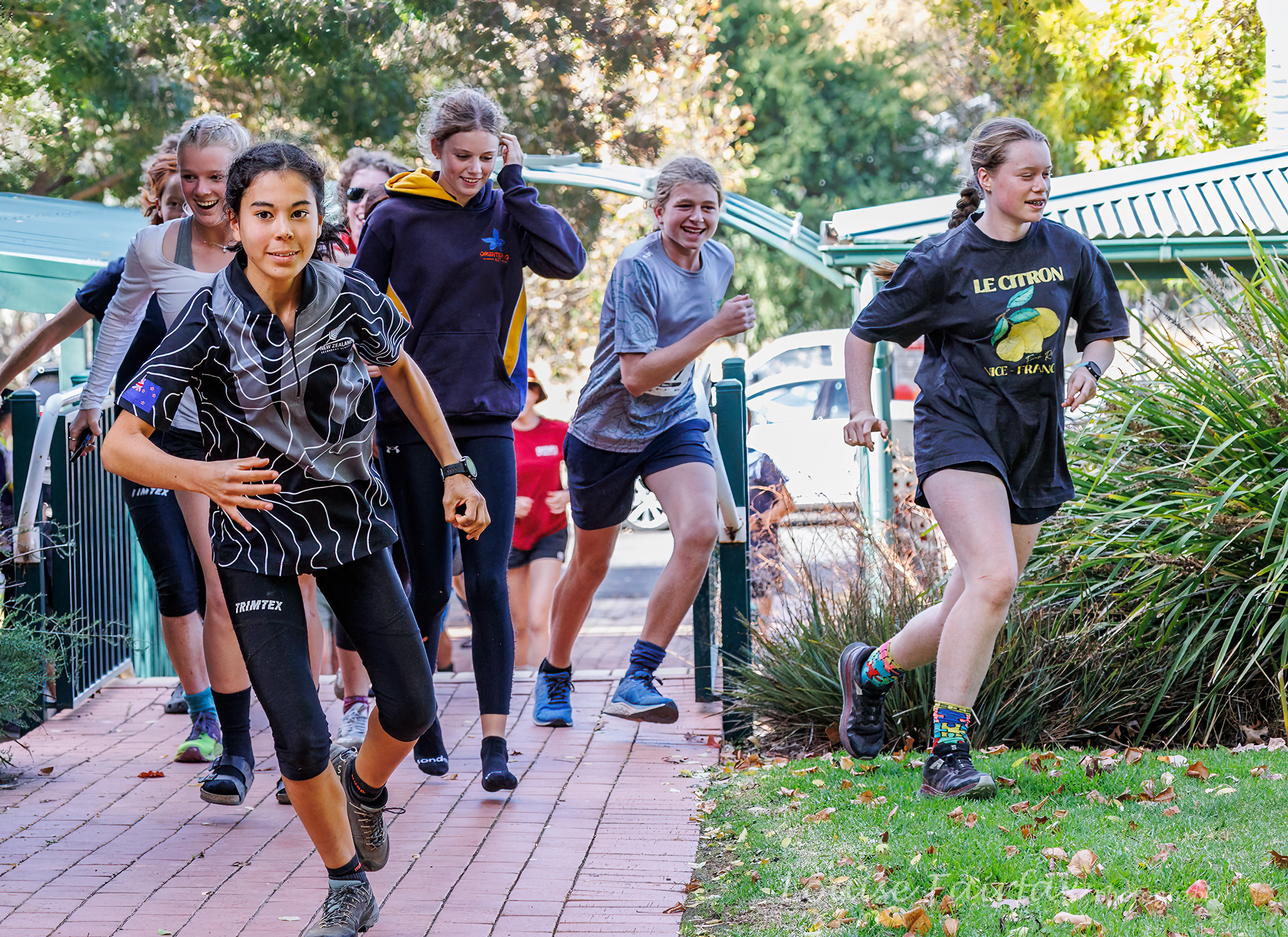
This event is so prestigious that it is an “invitation only” happening. And to throw people right off the scent of their real purpose at Easter, we had many participants in the Hunt who feigned interest in orienteering by producing some outstanding performances, such as Justine’s 1st in Women’s Elite in the Prologue, 2nd on Day 1, 3rd on Day 3; Liana’s 2nd W20E day 1 and 3rd Day 2; Euan Best’s 1st in M20E (ie, junior elite) in the prologue; Jett McCombe’s 3rd in M20E on Day 1; Sam Woolford’s 6th M21E in the Prologue; and Ella Hogg’s 4th Day 3 W20E.
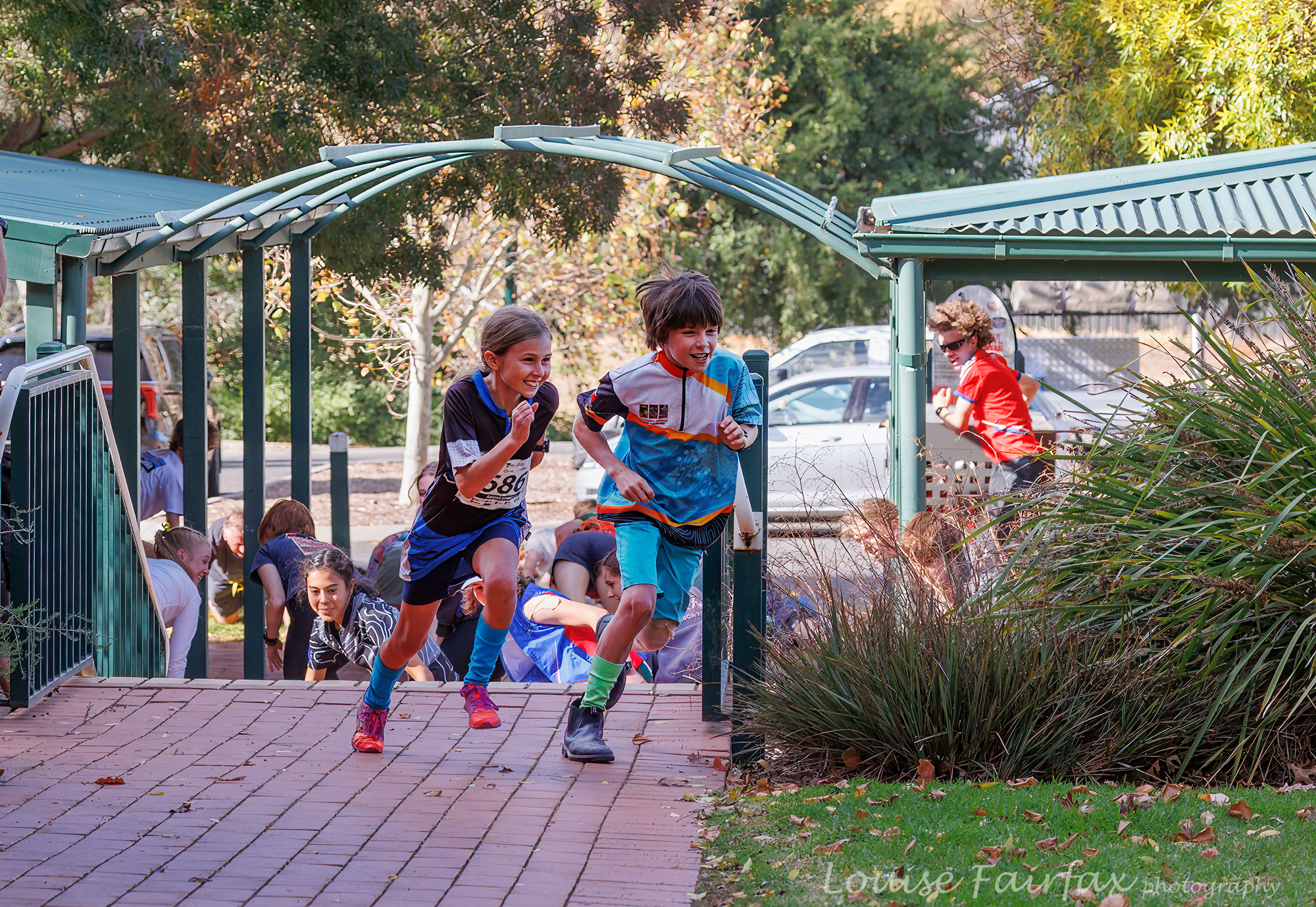
In younger, A grade classes, Sophie Hartmann put people off the scent by coming 1st in W16 A on days 1 and 2; Sanda Halpin 3rd W16A day 2; Angus Hewitt won the short hard in the Prologue and came 3rd in M14A on Day 3. Isaac Buttler popped in a 4th, while younger sister Aria claimed two 4th places.
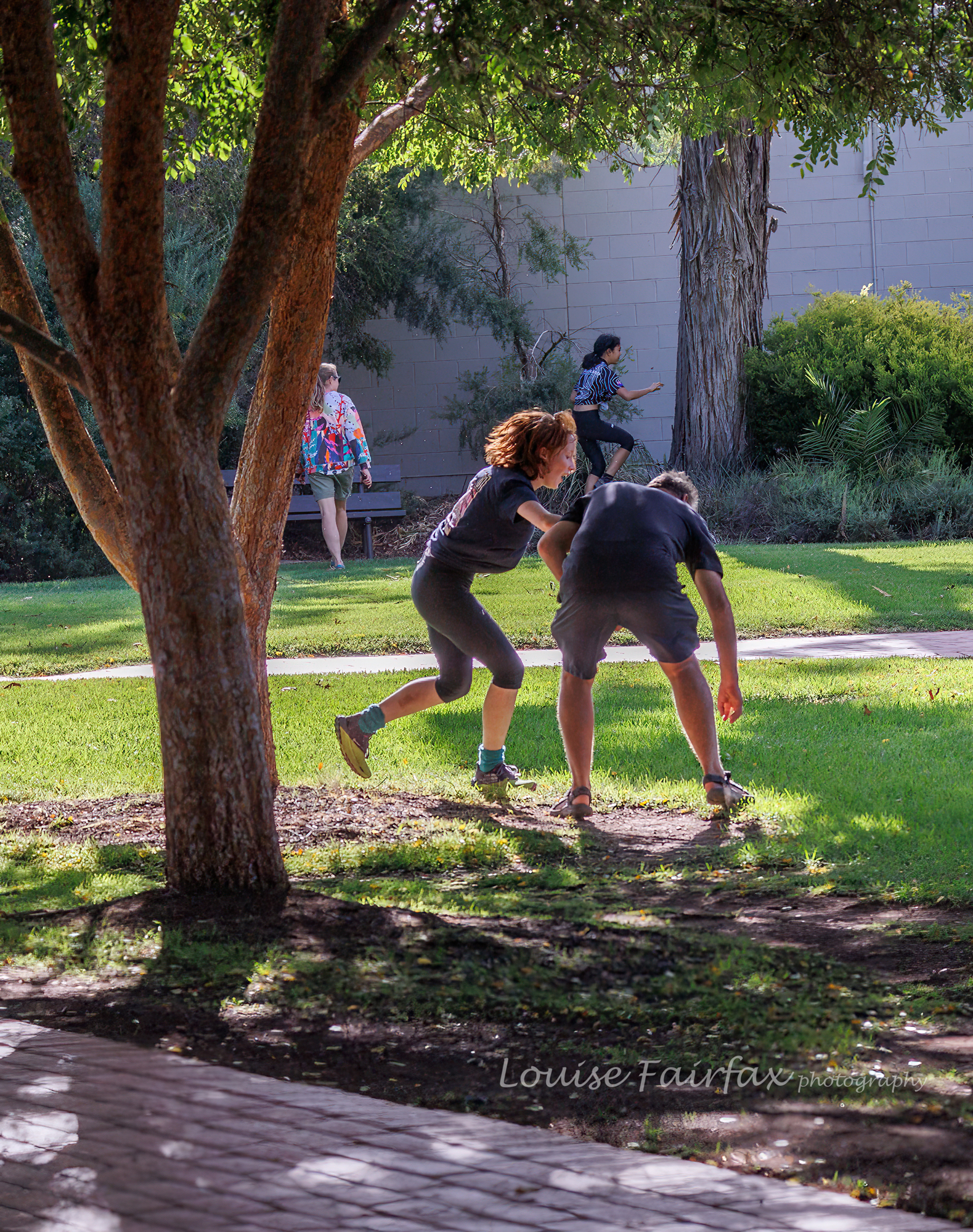
And don’t be put off by the diminutive size of little Abby and Walter, whom you see in the Hunt line-up. Walter came first M10A on all three days, and Abby produced a 2nd W10A on day 2. Had she been a boy, she would have finished 3rd, 1st and 2nd on each of the three days. That’s tough for a nine year old girl.
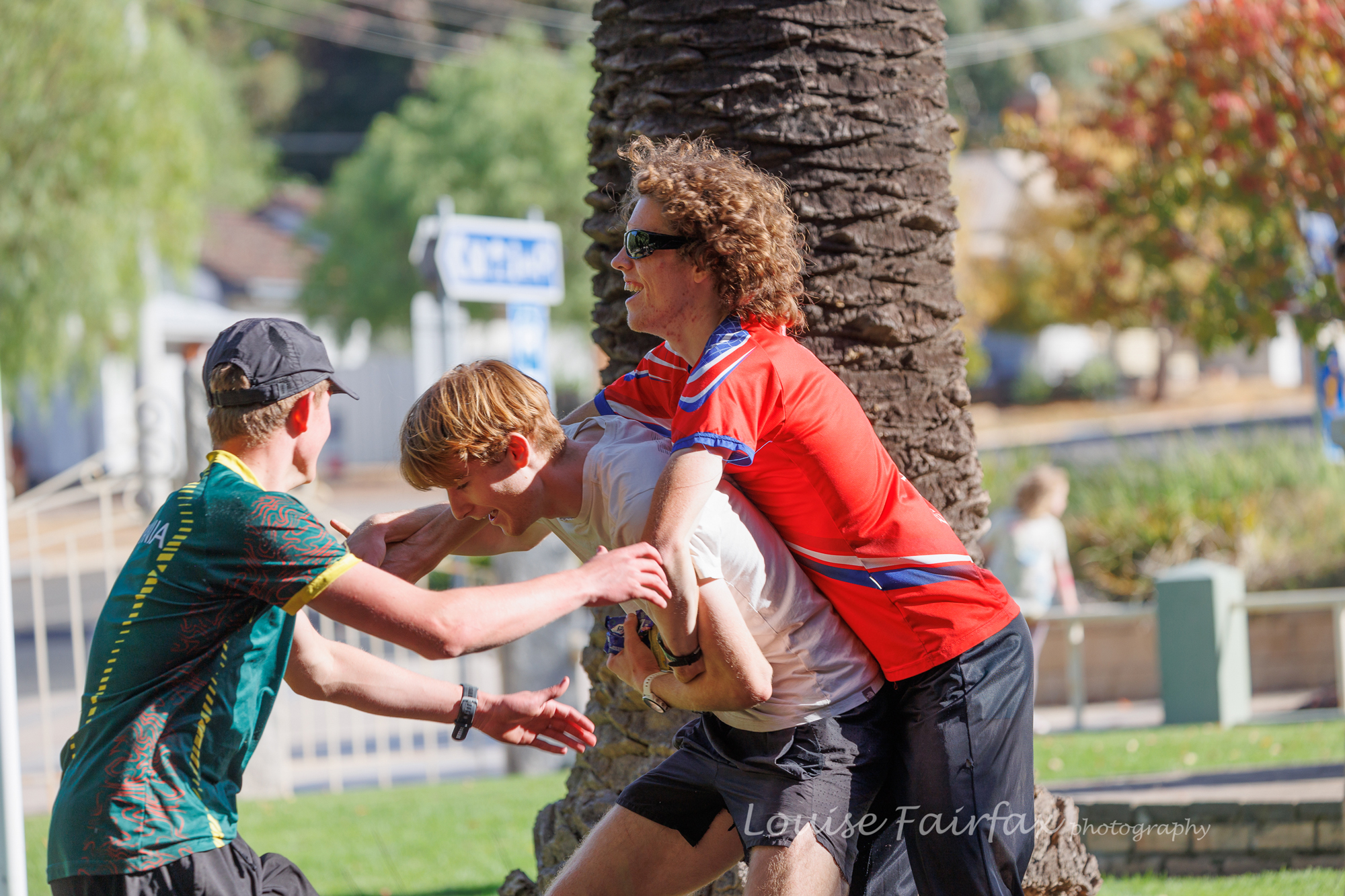
So, a summary of the paragraphs above is that a huge degree of subterfuge was taking place, with competitors in the Easter Hunt posing as highly successful orienteers in the cover event. This is, in the end, not a bad thing, as these seemingly demure and pleasant young people gave way to cheating and fighting once the real race began.
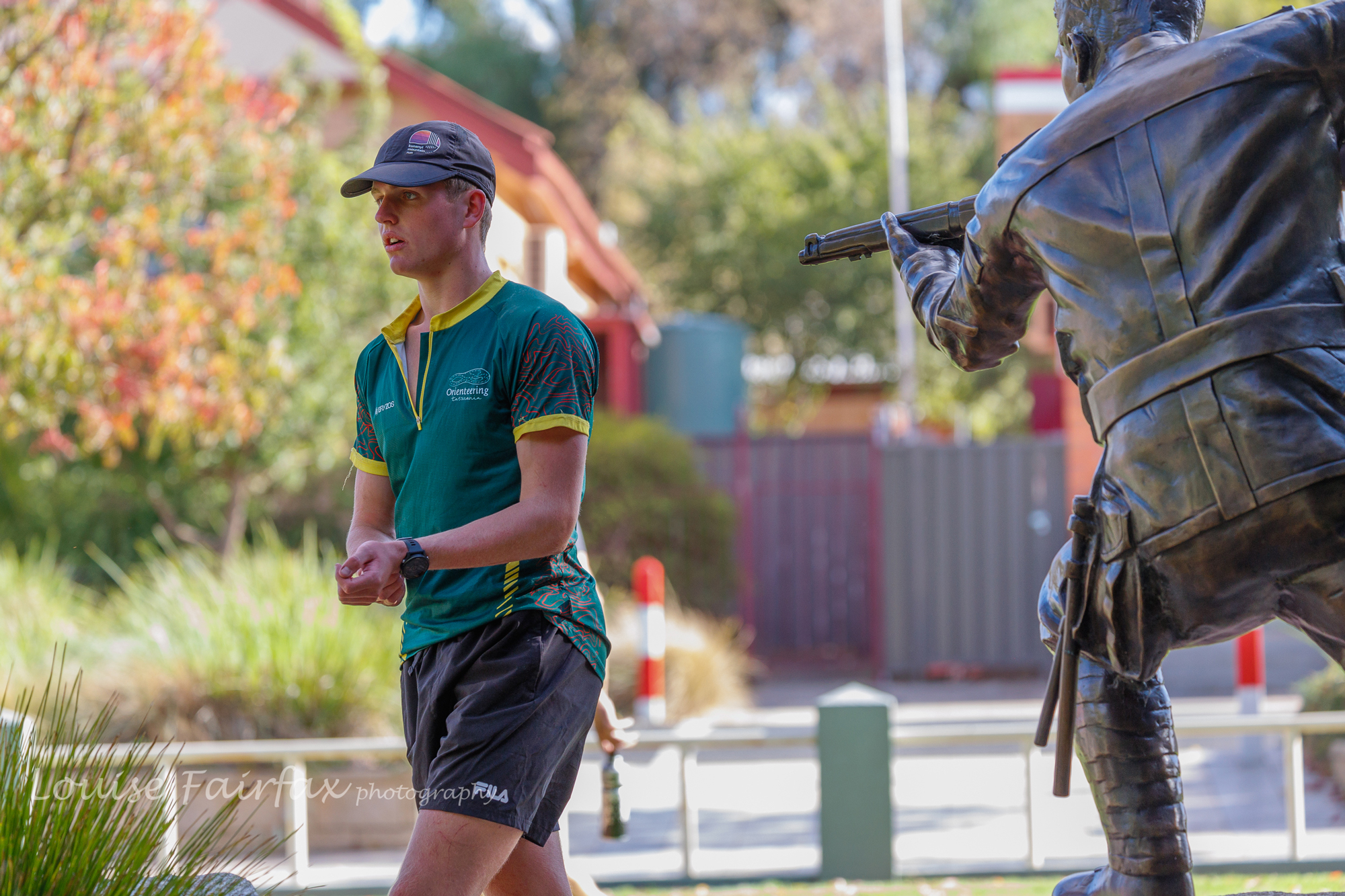
Boys rolled on the ground, brawling; girls hid their stash in kangaroo pouches made from jumpers or t-shirts; clothing was torn, and the military was brought in to settle things down, in the form of bronze soldiers, who seemed to take very careful aim at chief offender, Euan Best. One could suspect that alcohol was also brought in if one looks carefully at the odd skipping behaviour of Kelvin and Sam, and Abby’s cheeks looked surprisingly full at times when participants had been told to eat later.
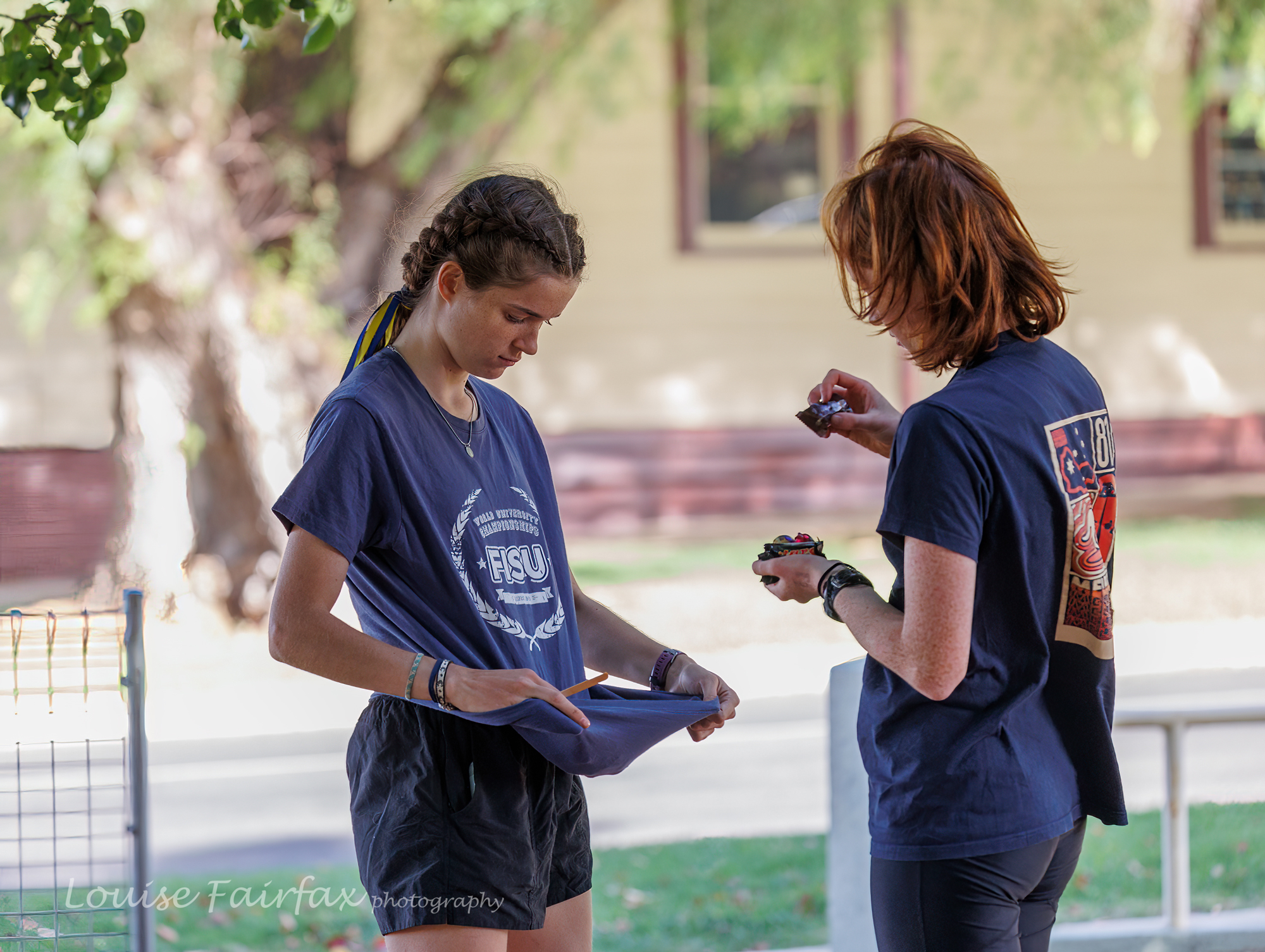
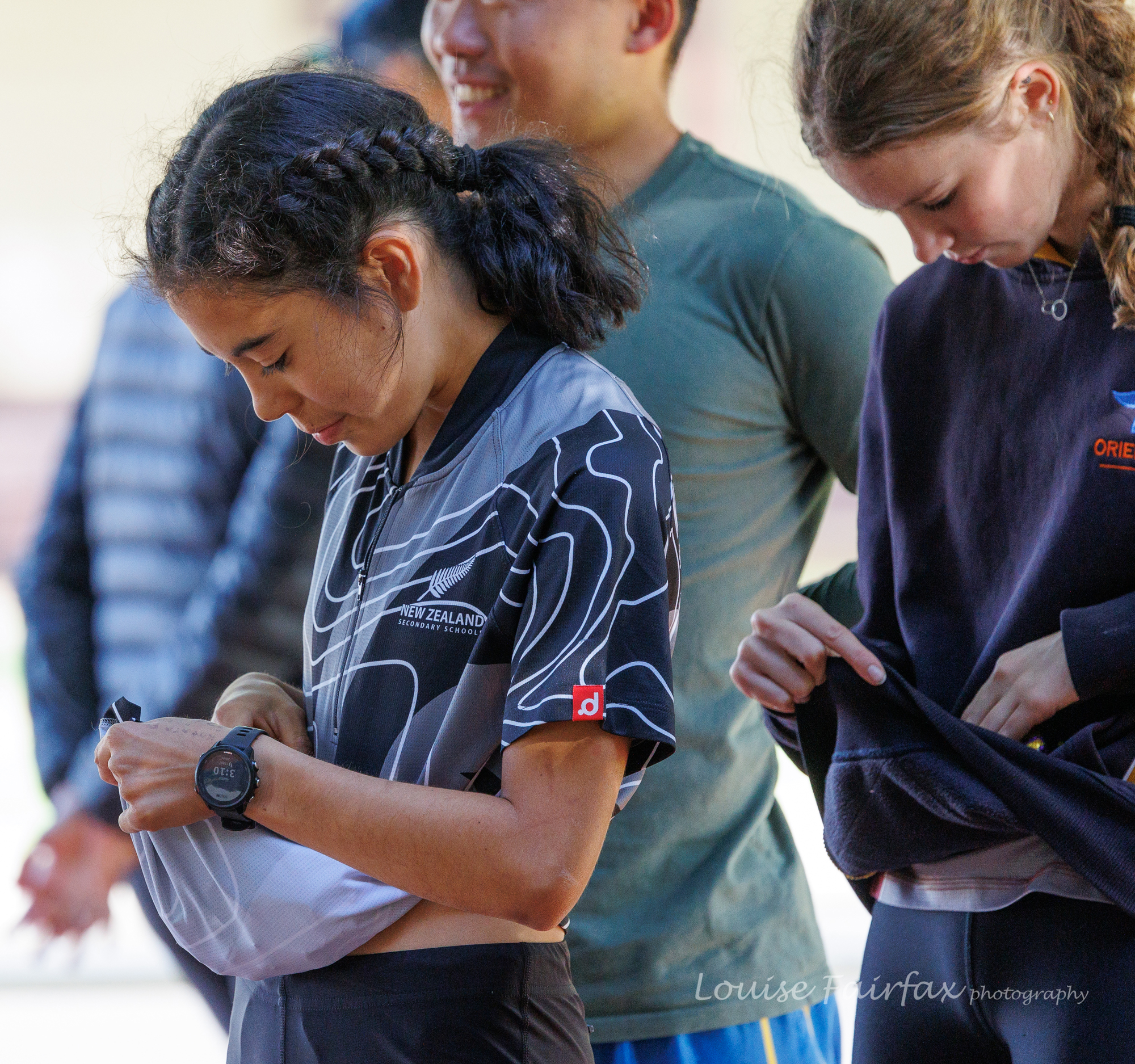
Justine also had some interesting tactics that need to be examined to make sure she is not disqualified: she gave the impression of sauntering around eating a lollipop, not diving or fighting for eggs like the others, and yet at the end she produced a humungous kangaroo pouch of eggs to show off to the others. One suspects theft may be involved, especially as Liana, who dived and climbed quite busily and fiercely, appeared at the end to have no eggs at all, and was seen staring wistfully at Justine’s pouch.
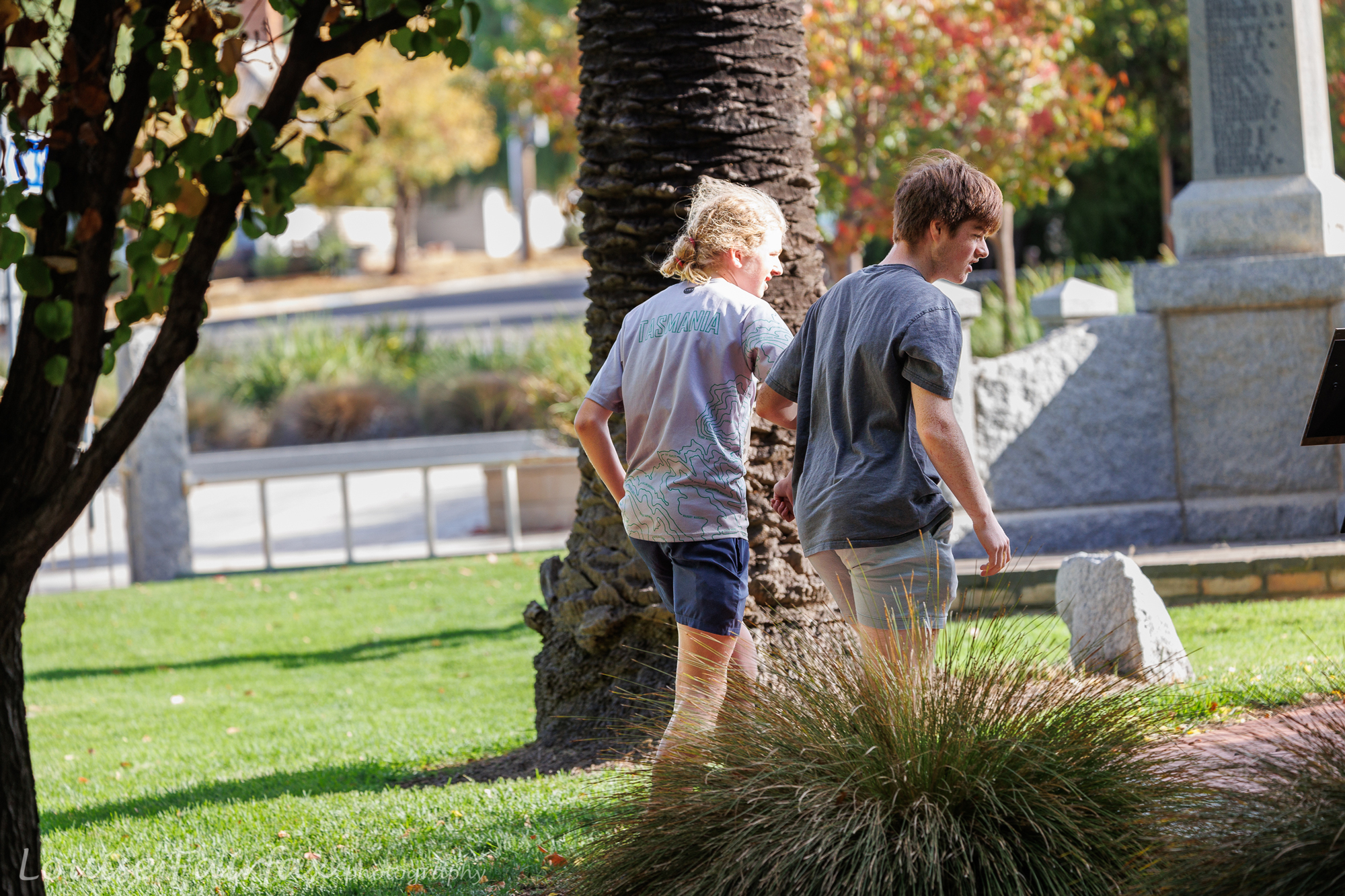
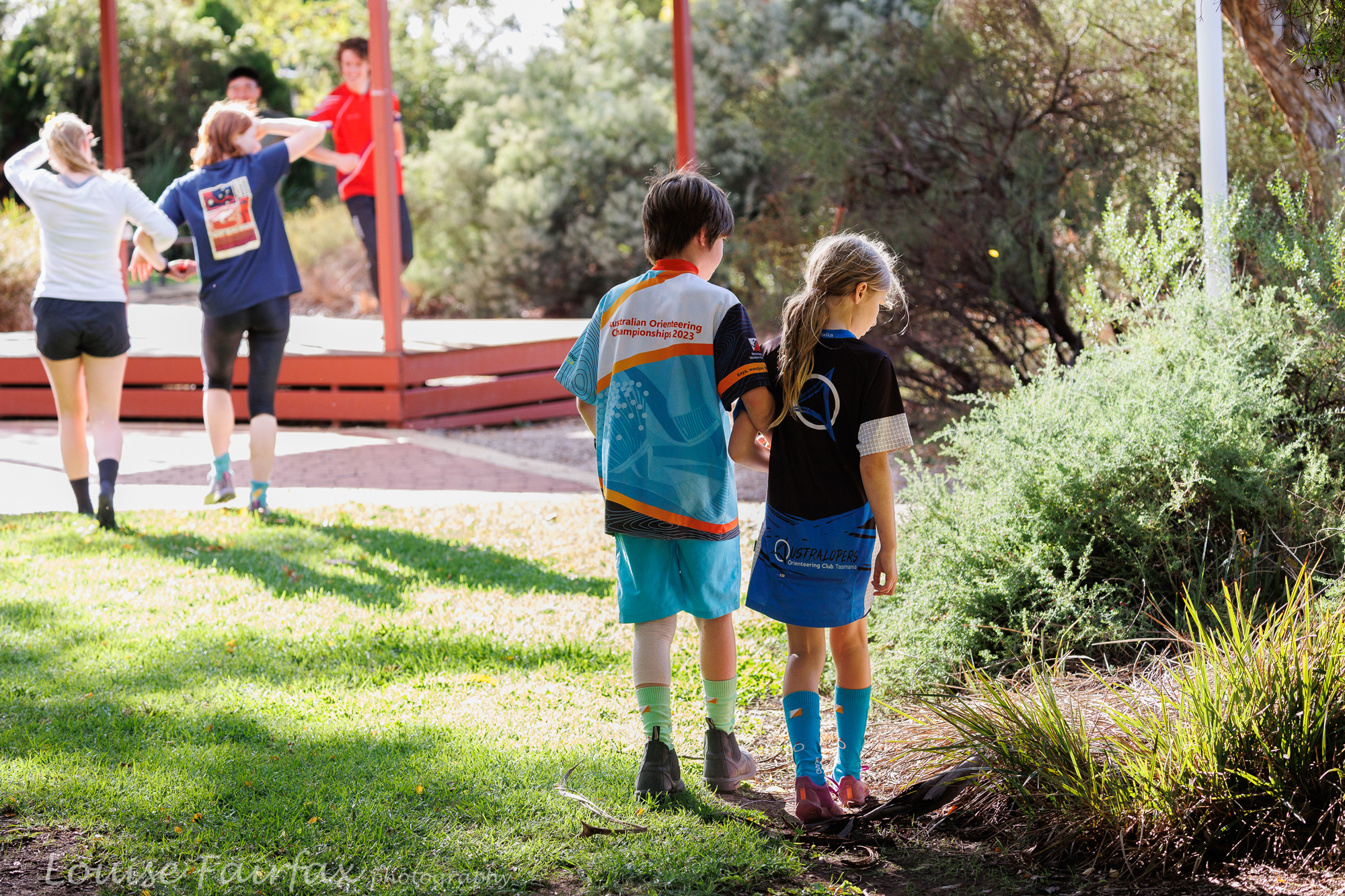
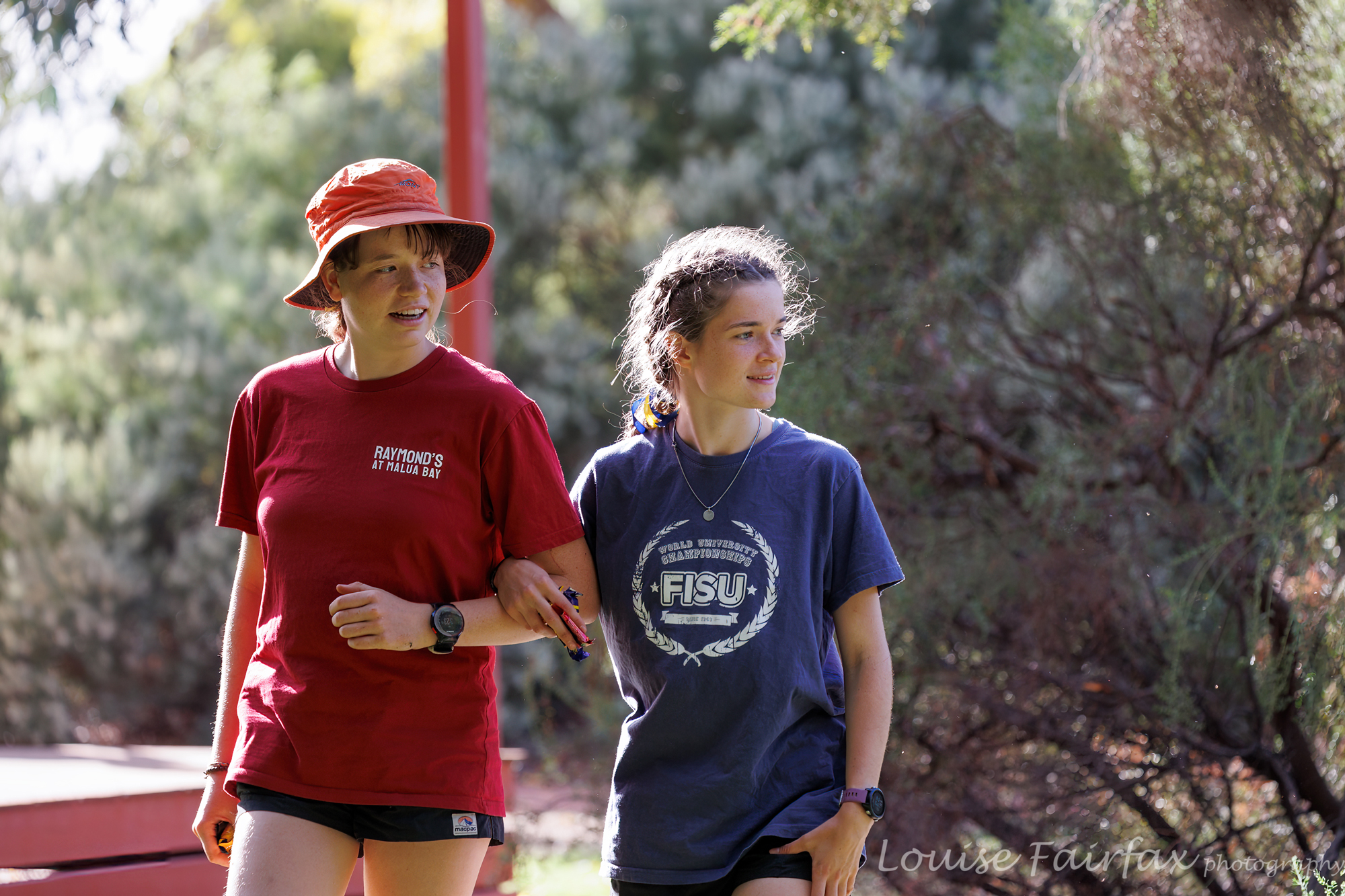
In part two of the hunt, competitors had to leave behind their booty from round one and link arms with a partner in order to retrieve more eggs. I find it hard to believe, but although the normal fighting and brawling took place, not one pair unlinked arms. I guess the penalty for breaking this rule was confiscation of eggs, as all pairs obeyed this one dictum.
